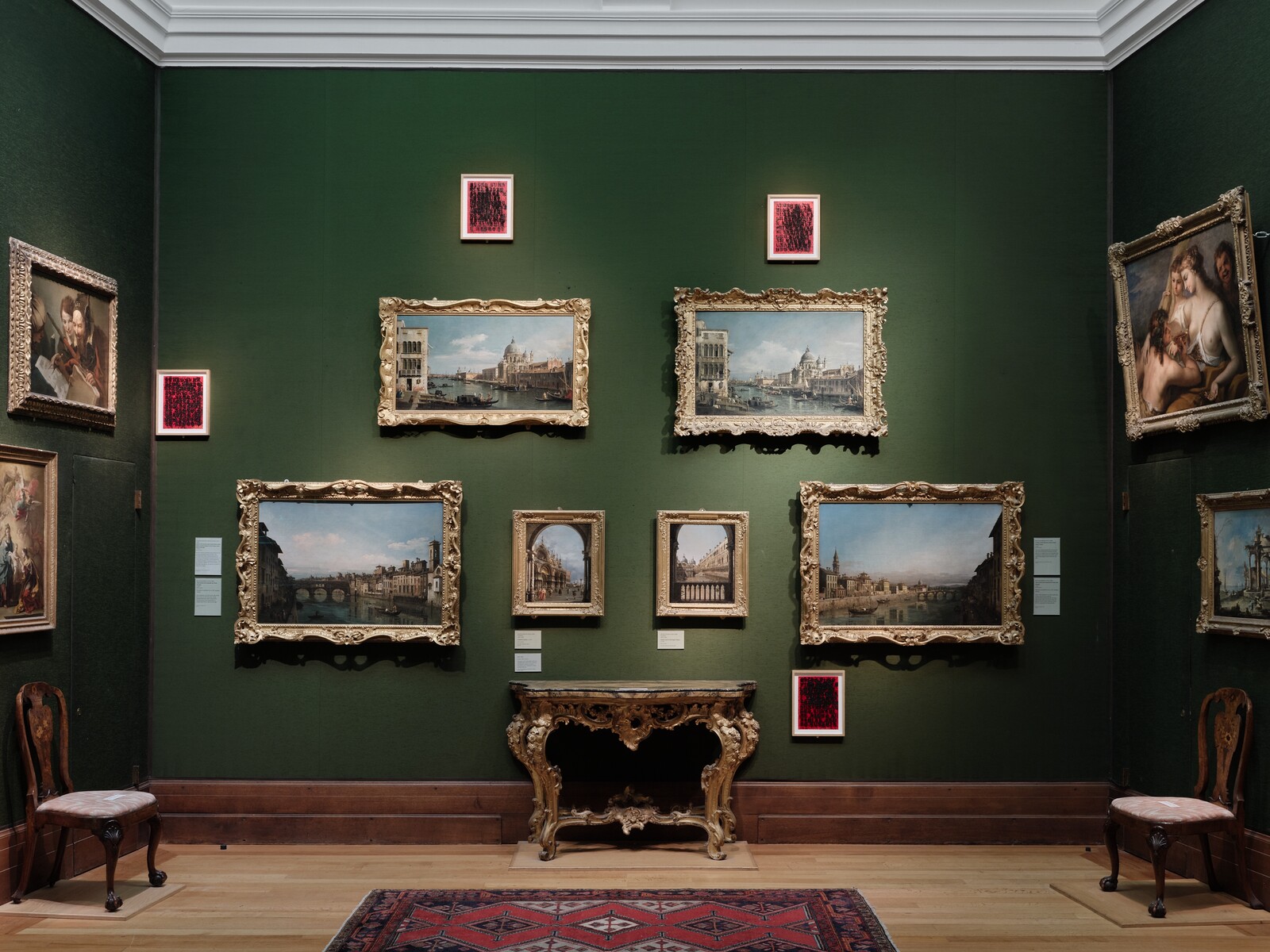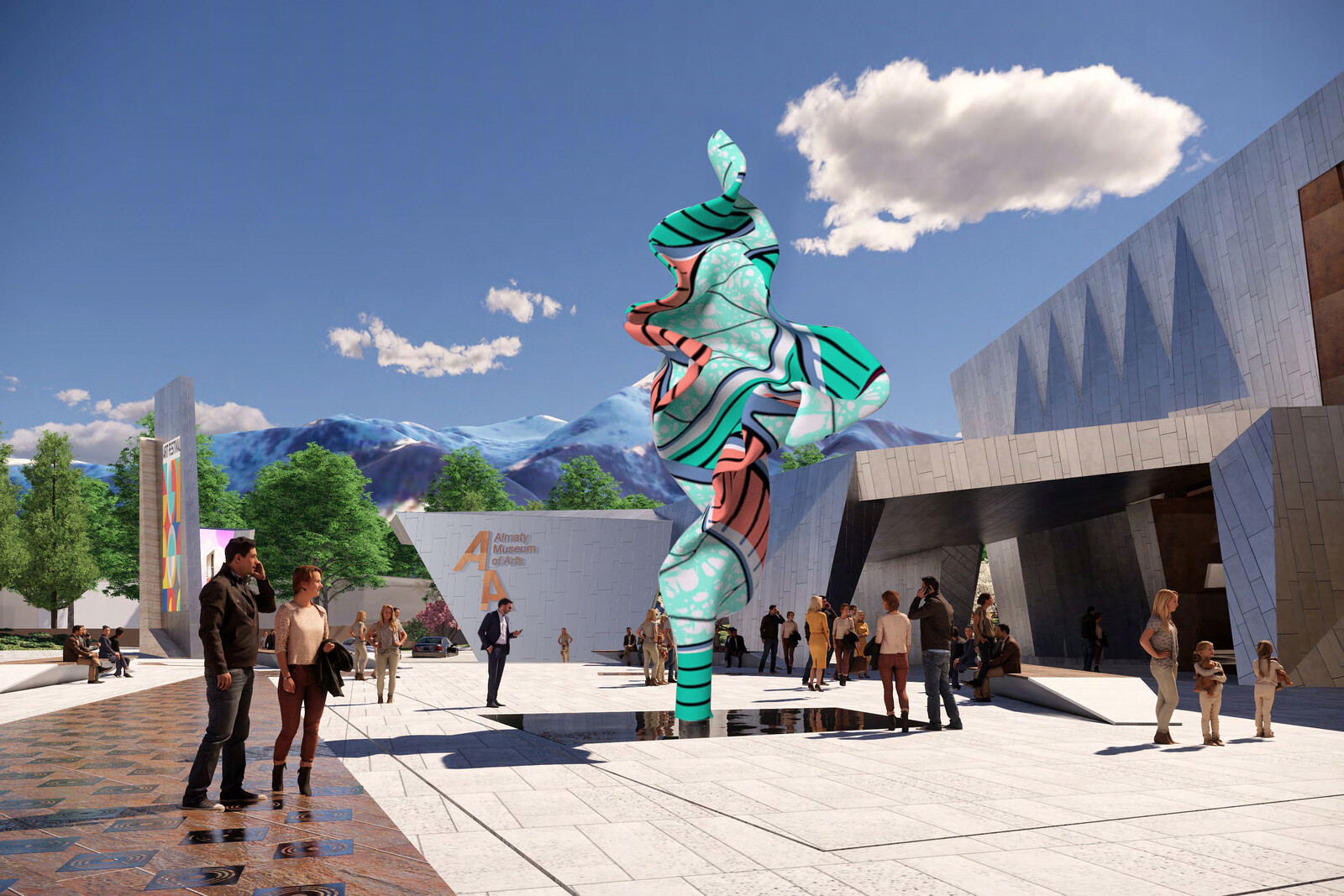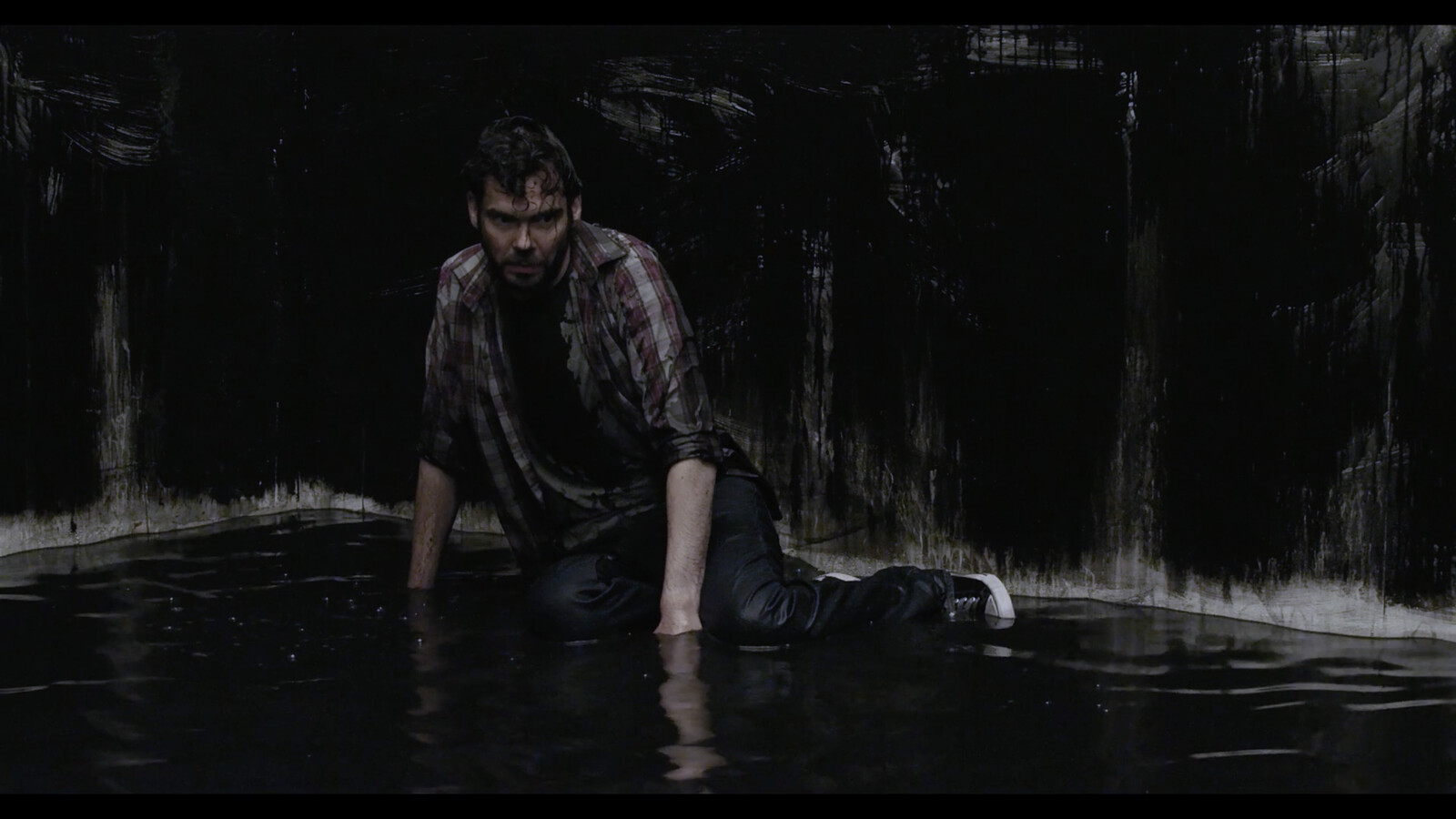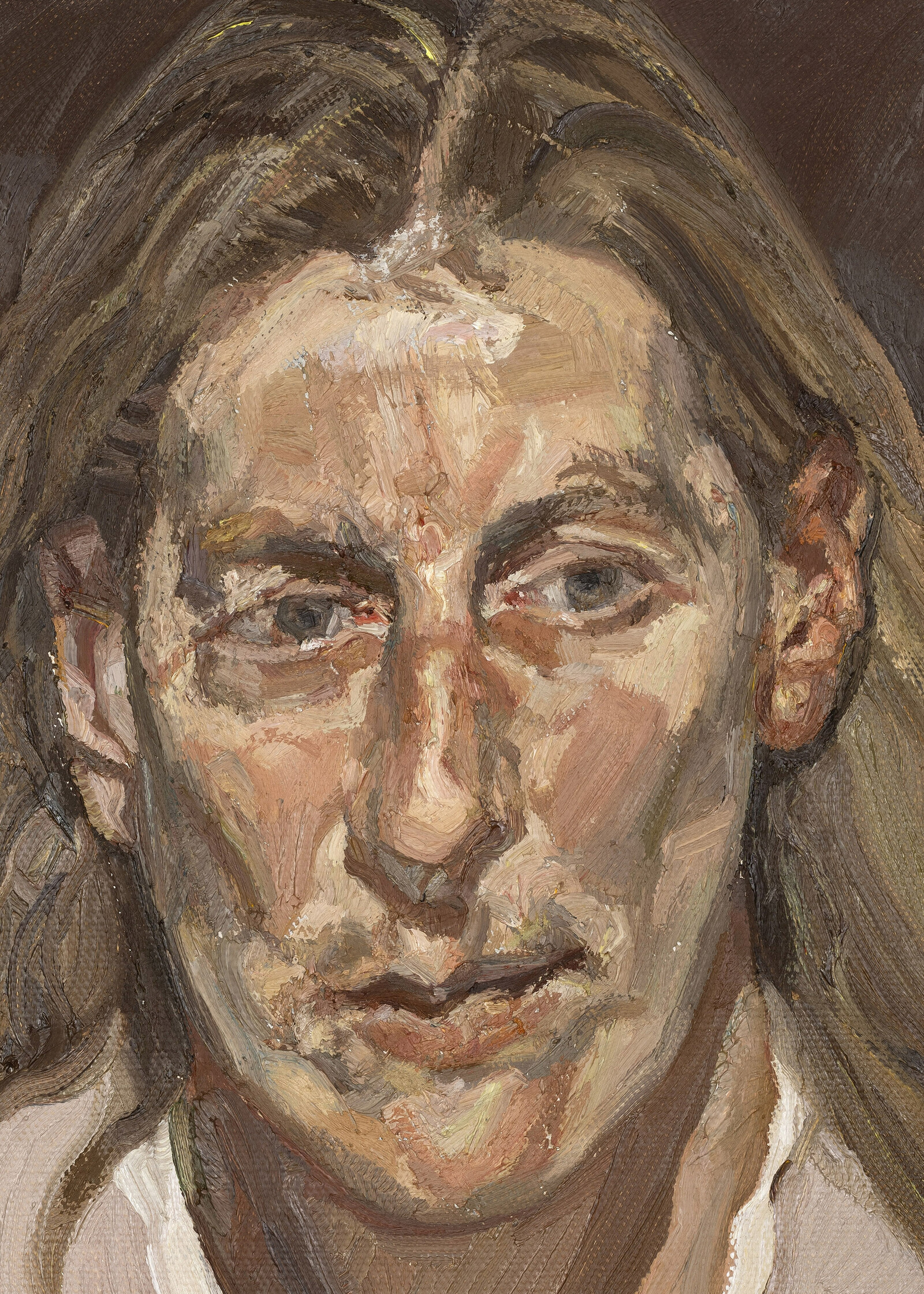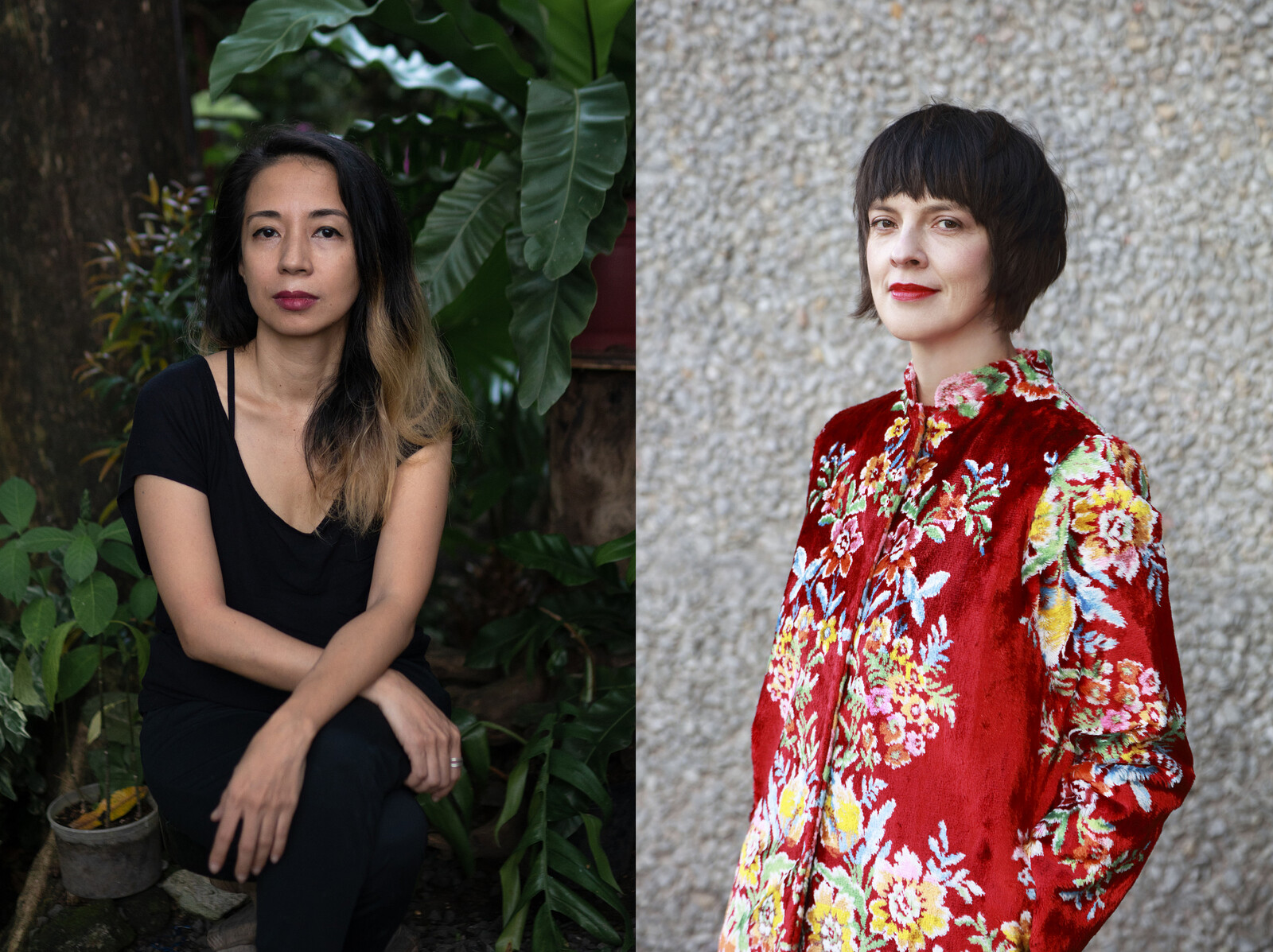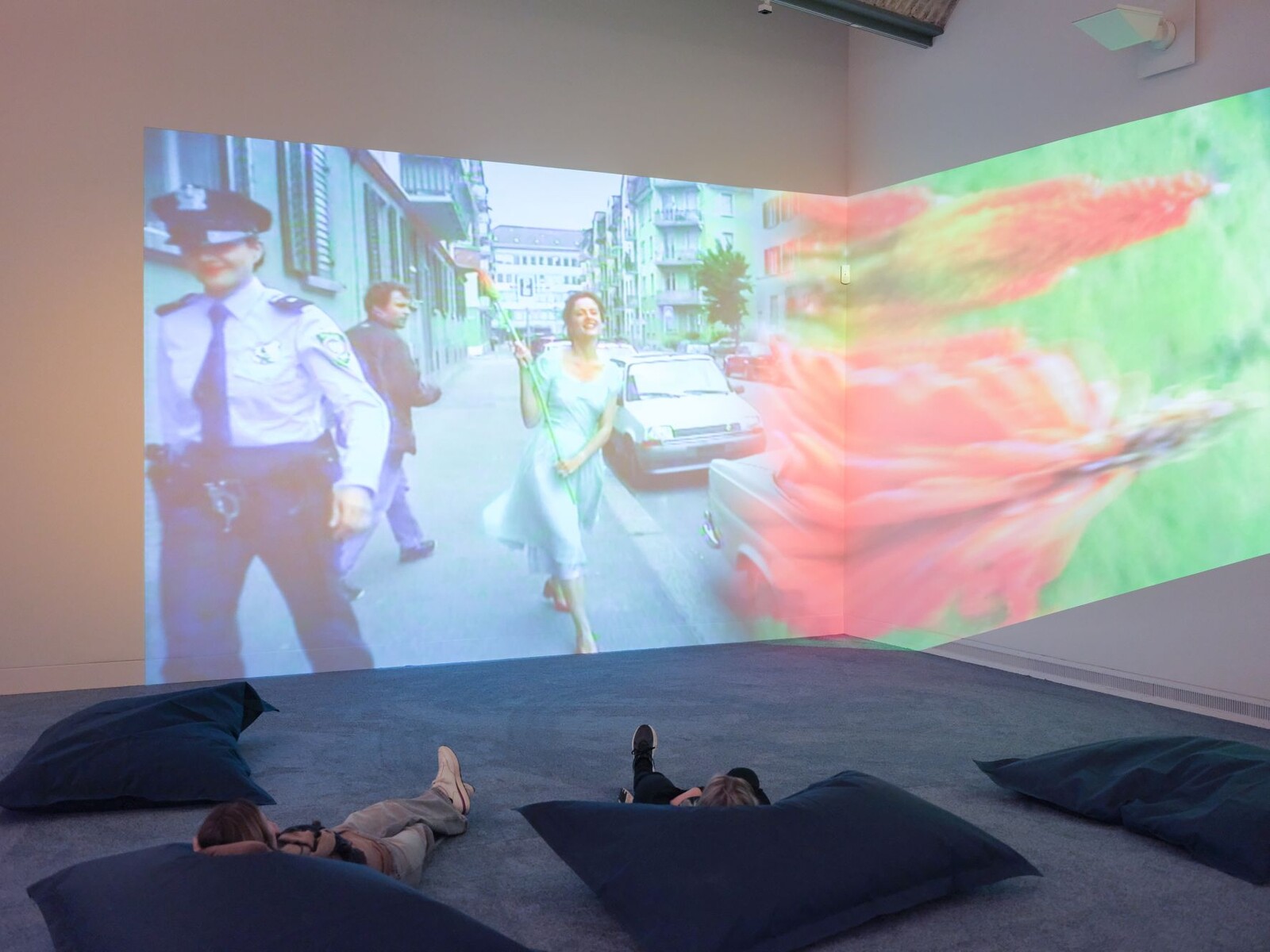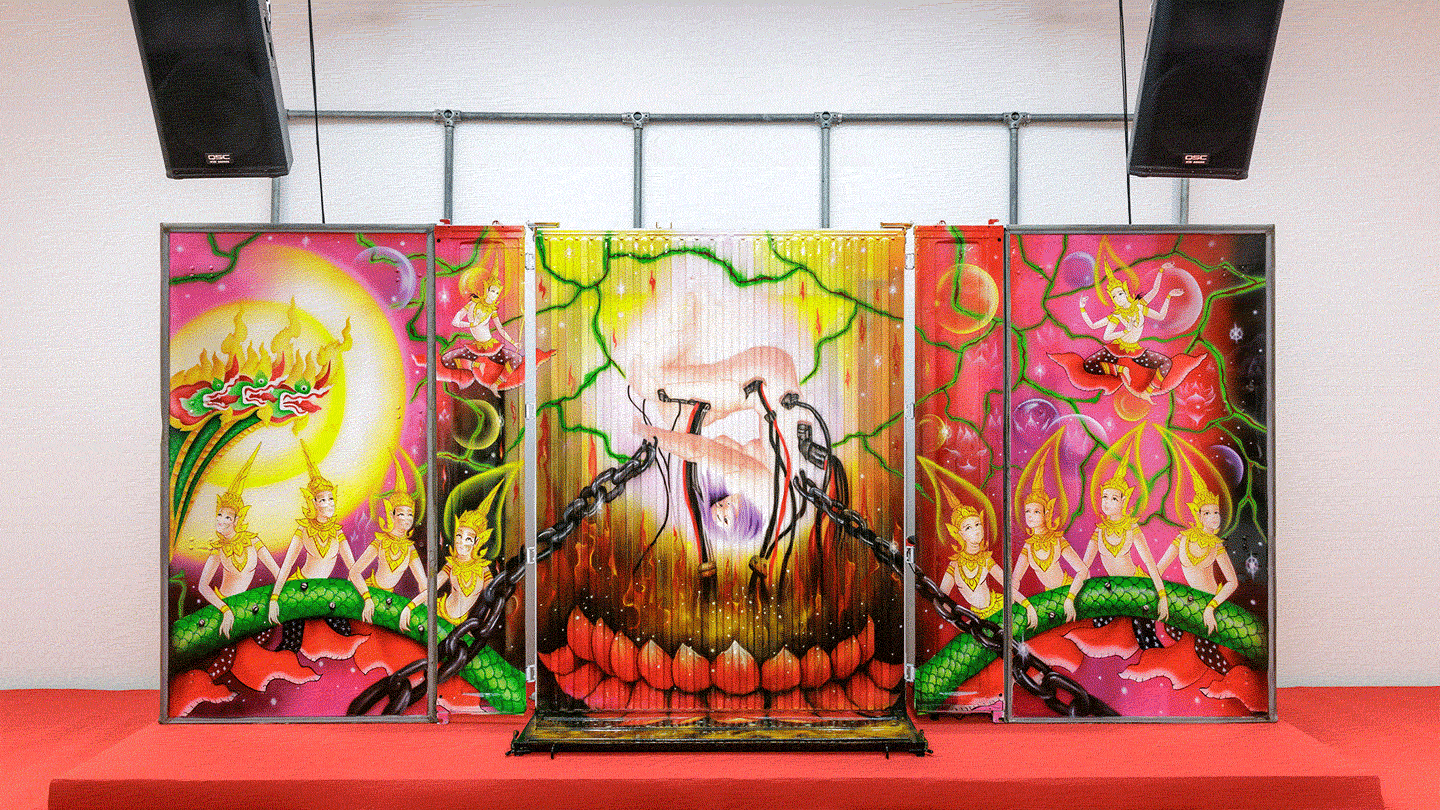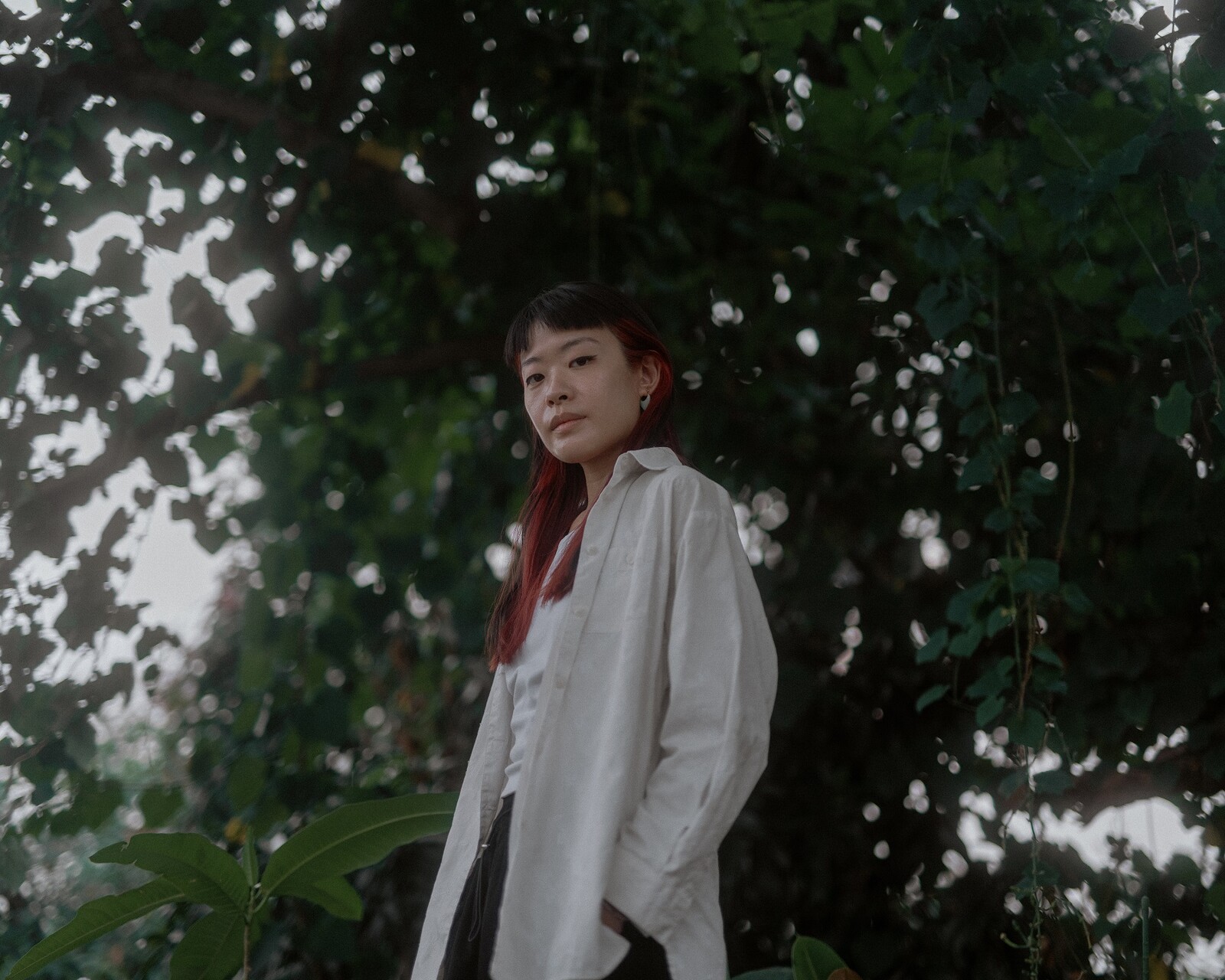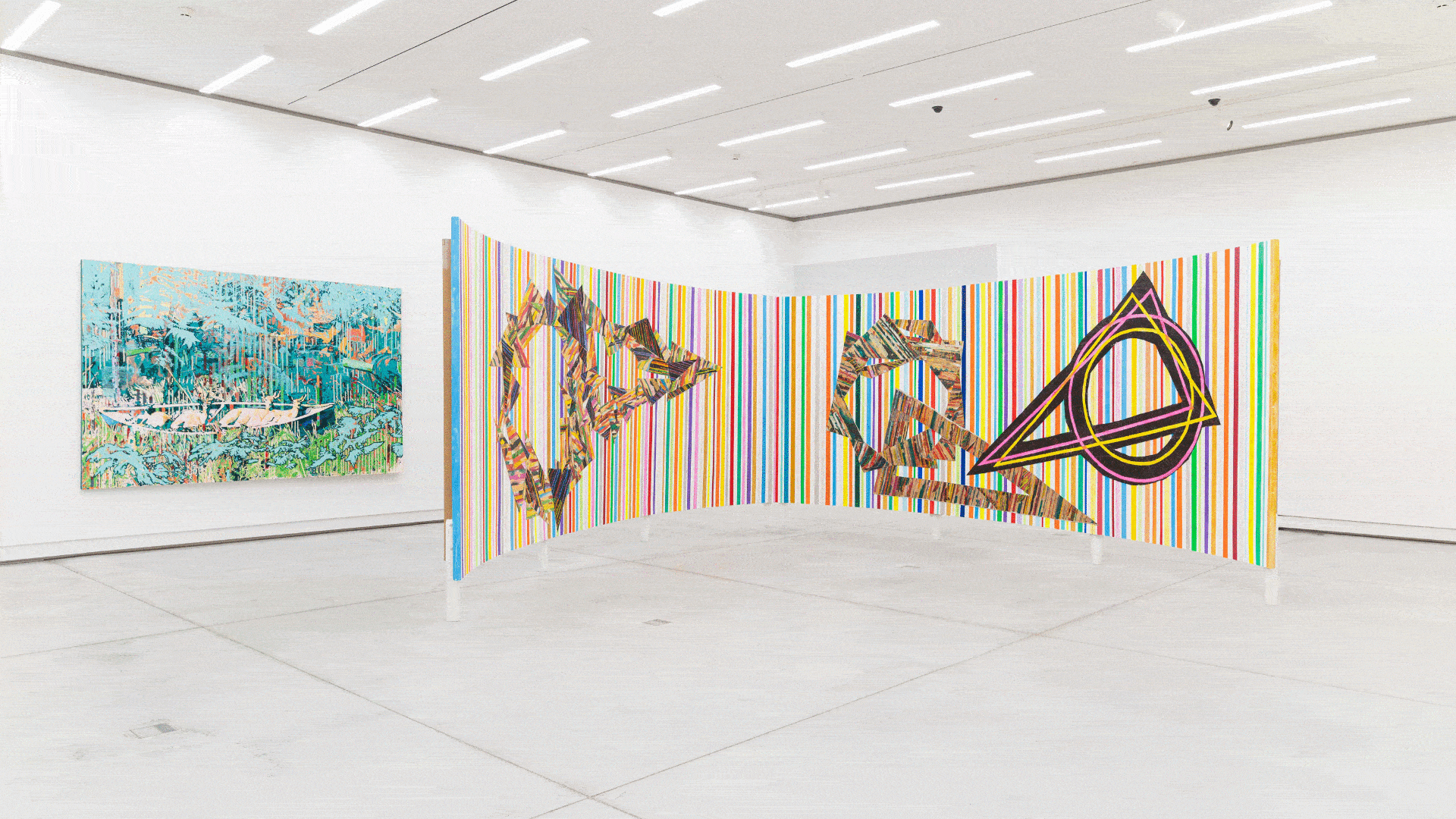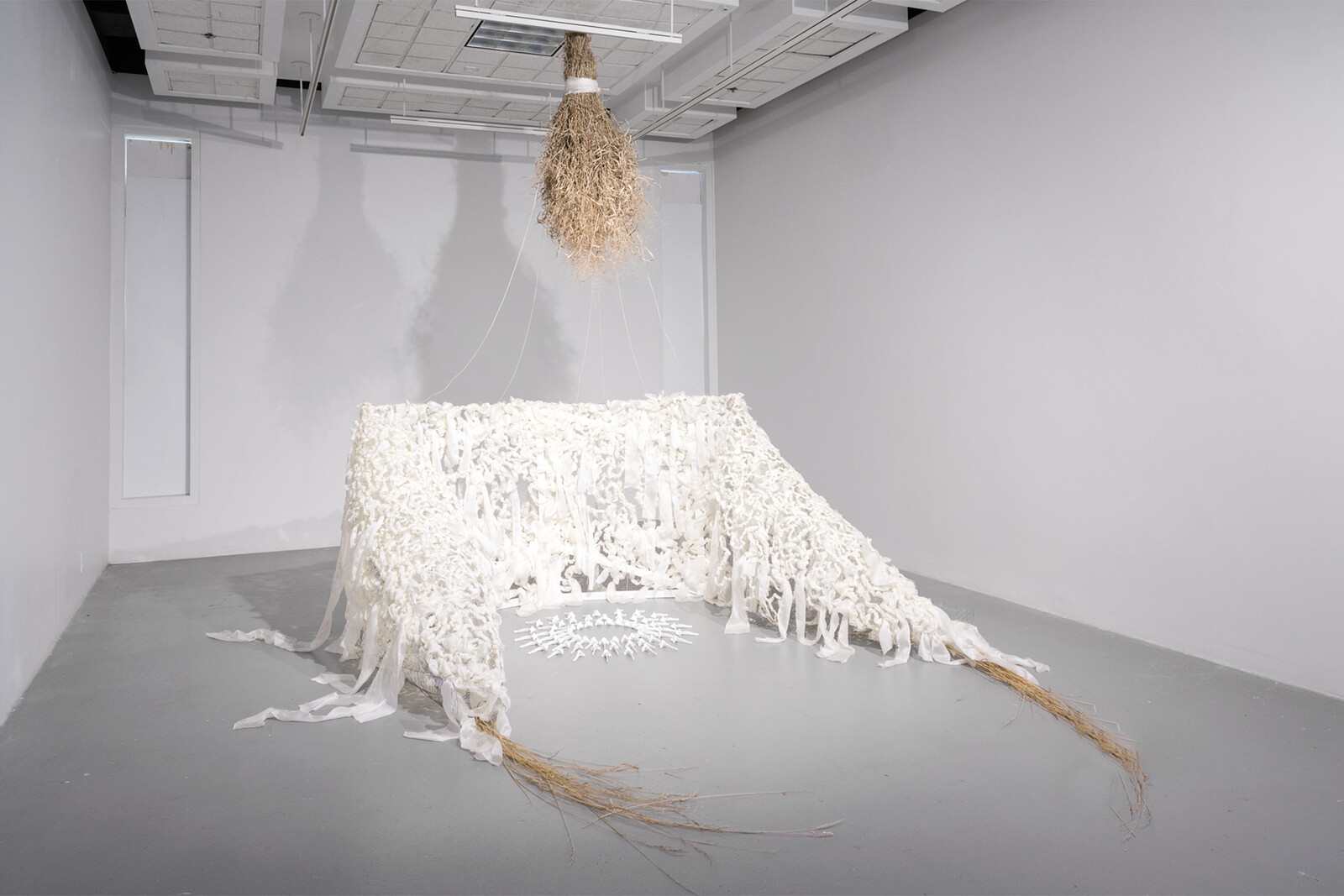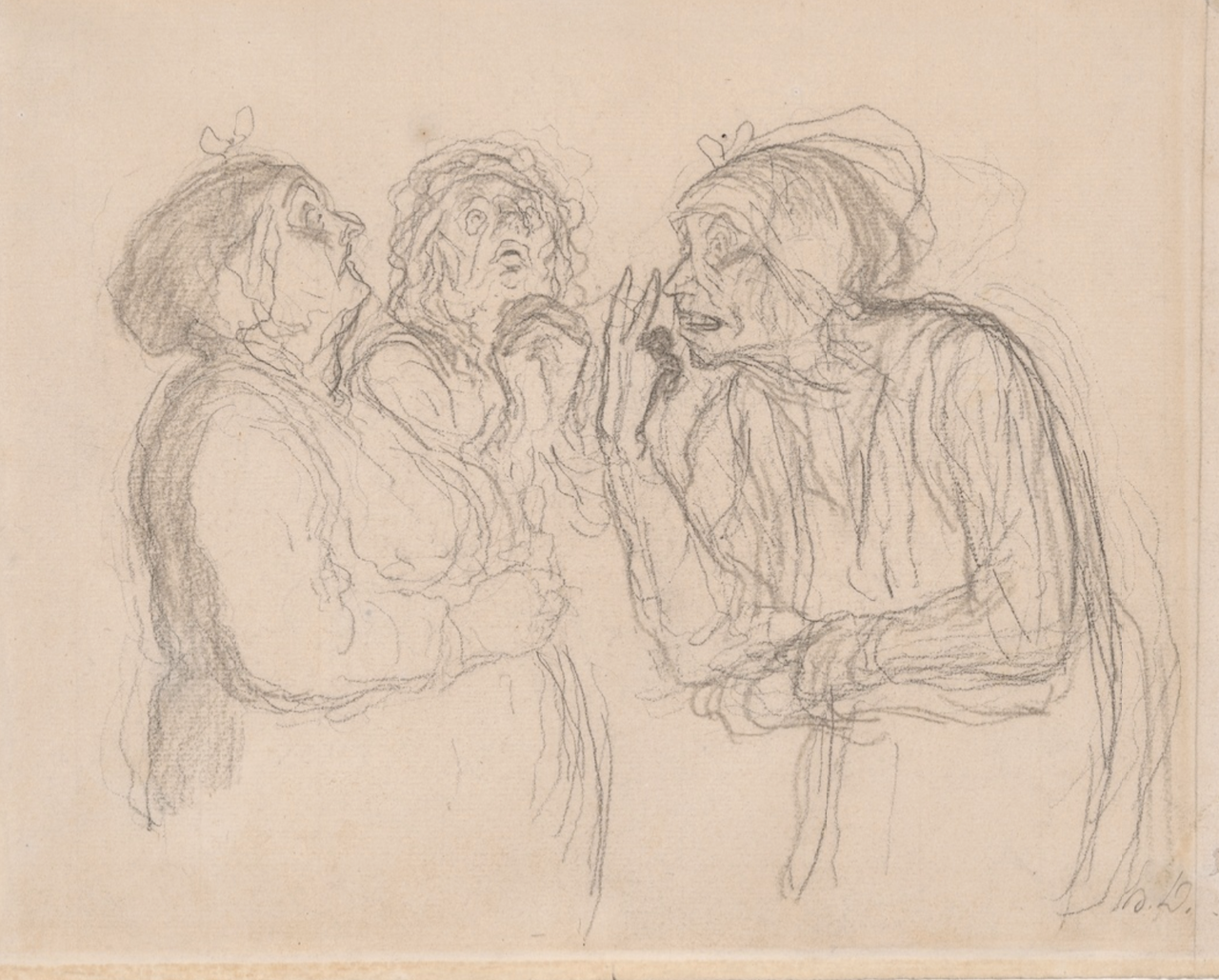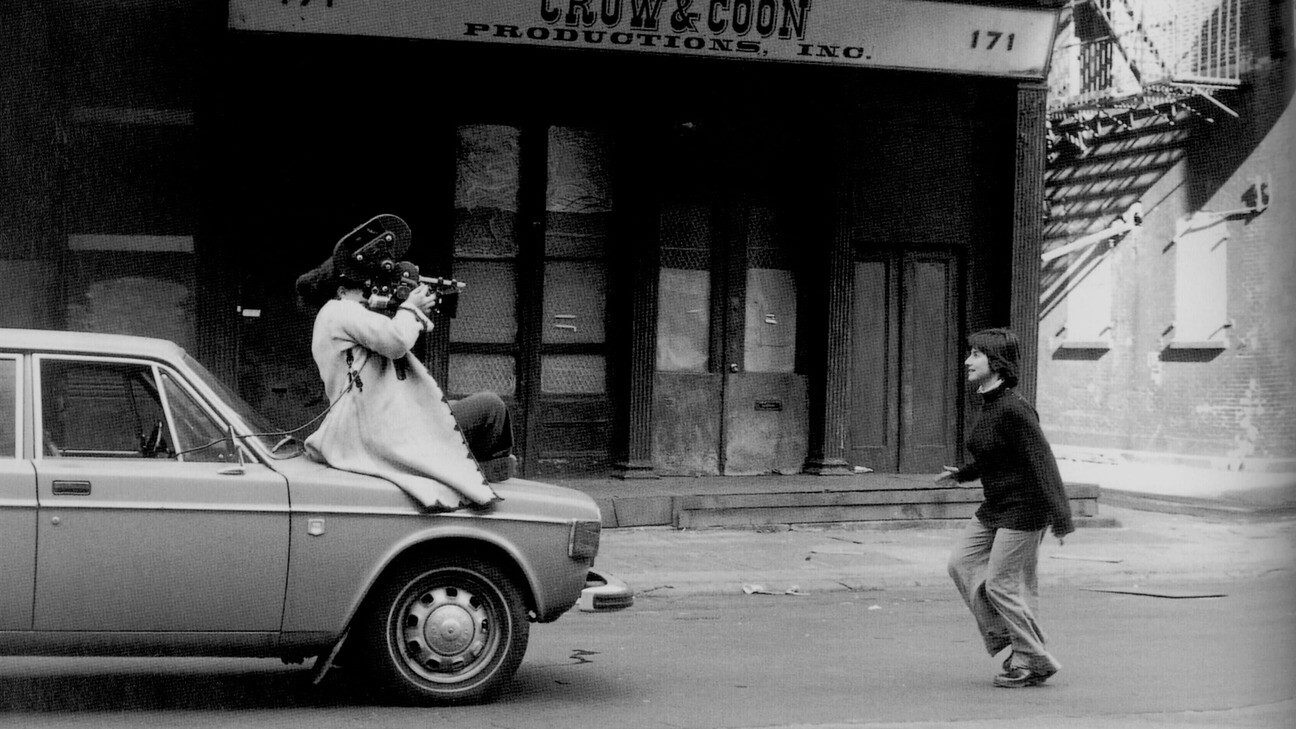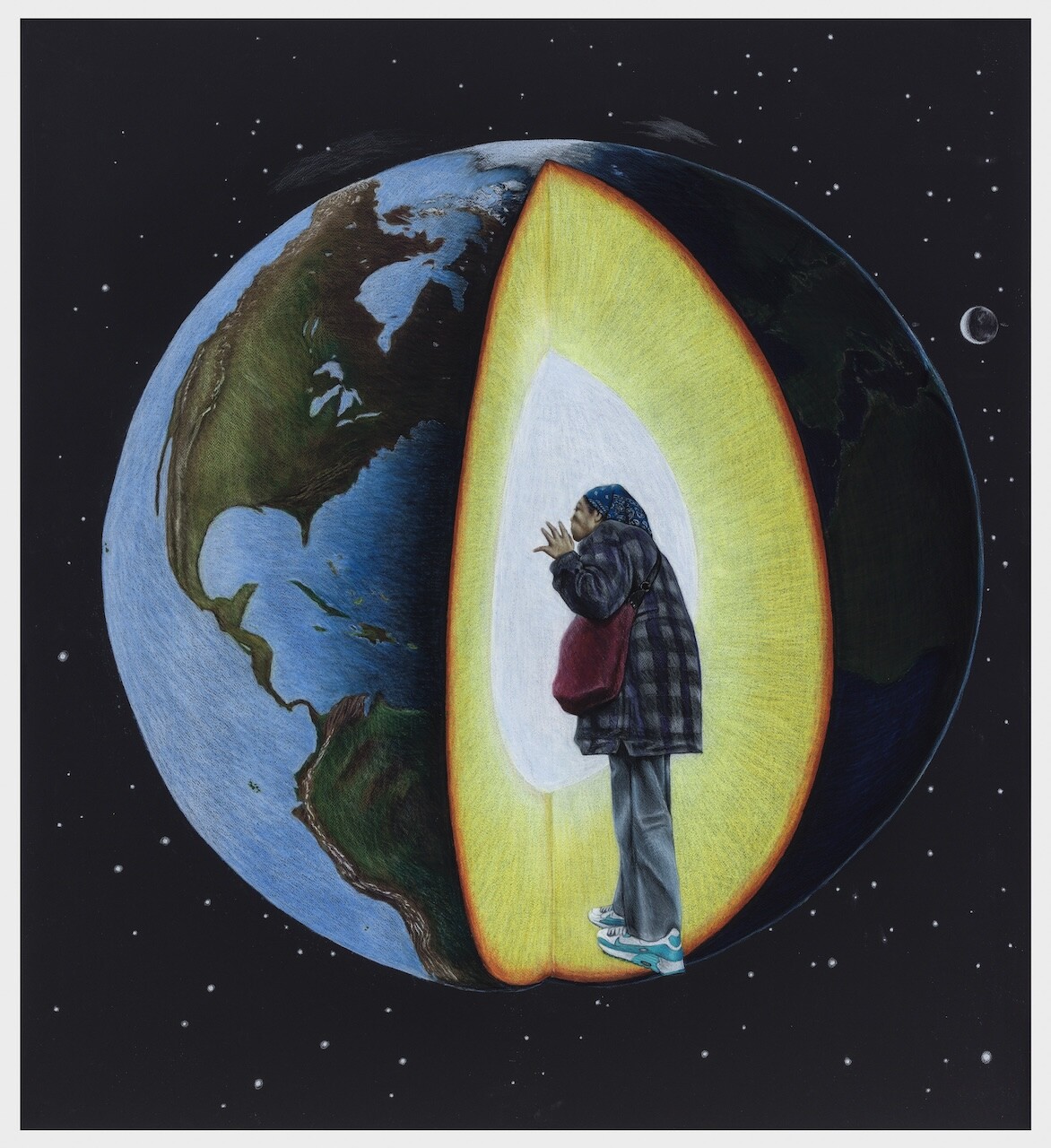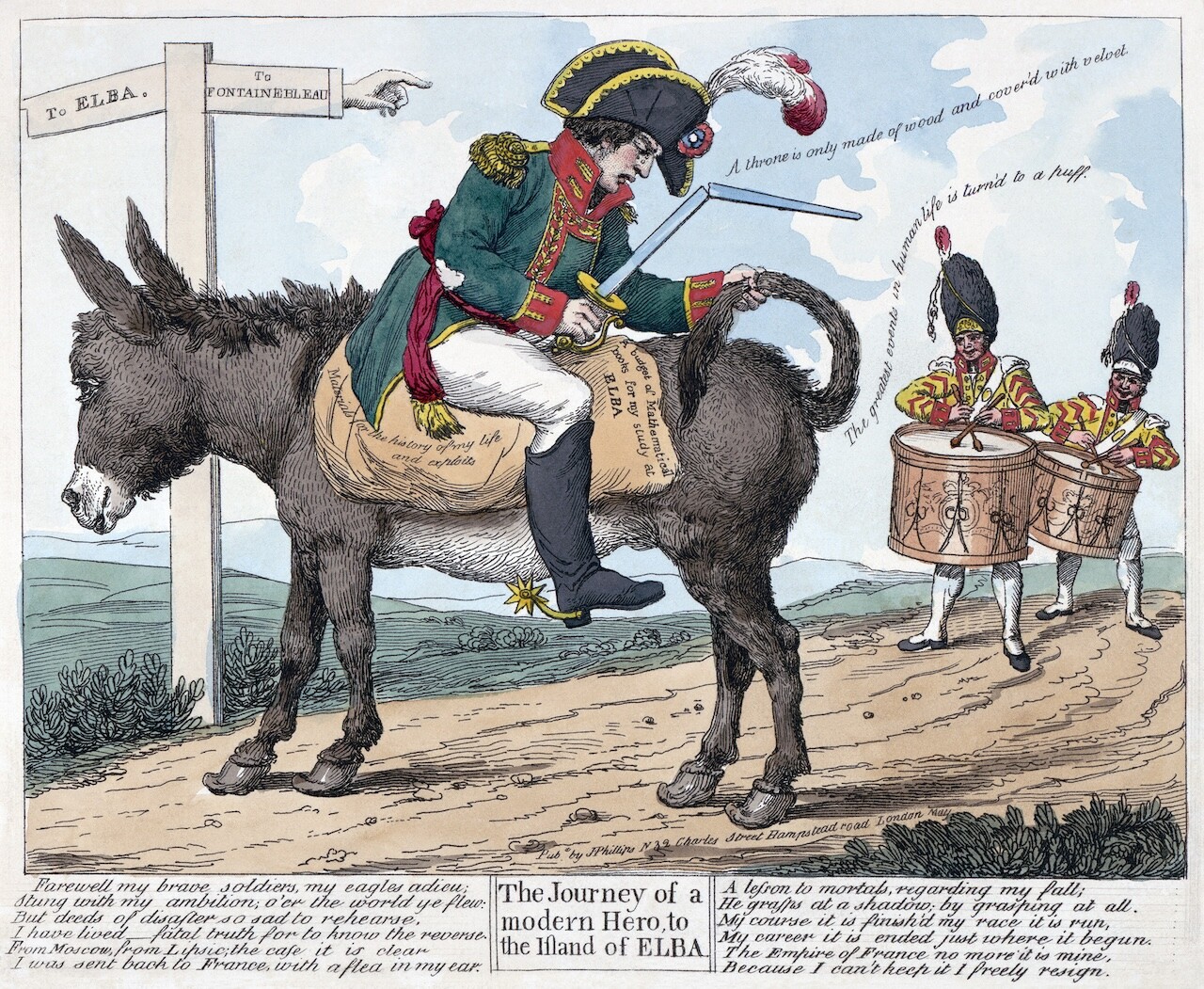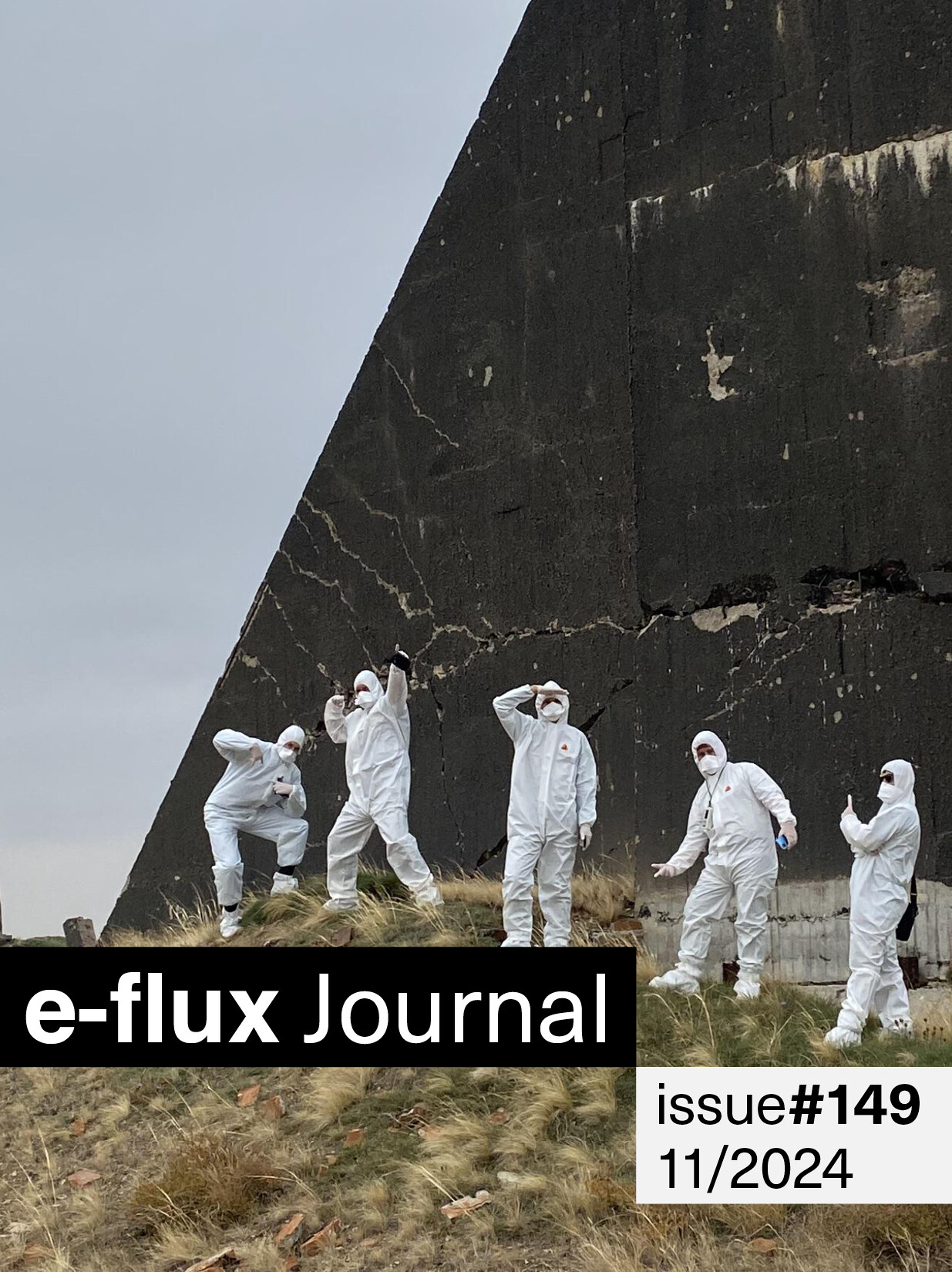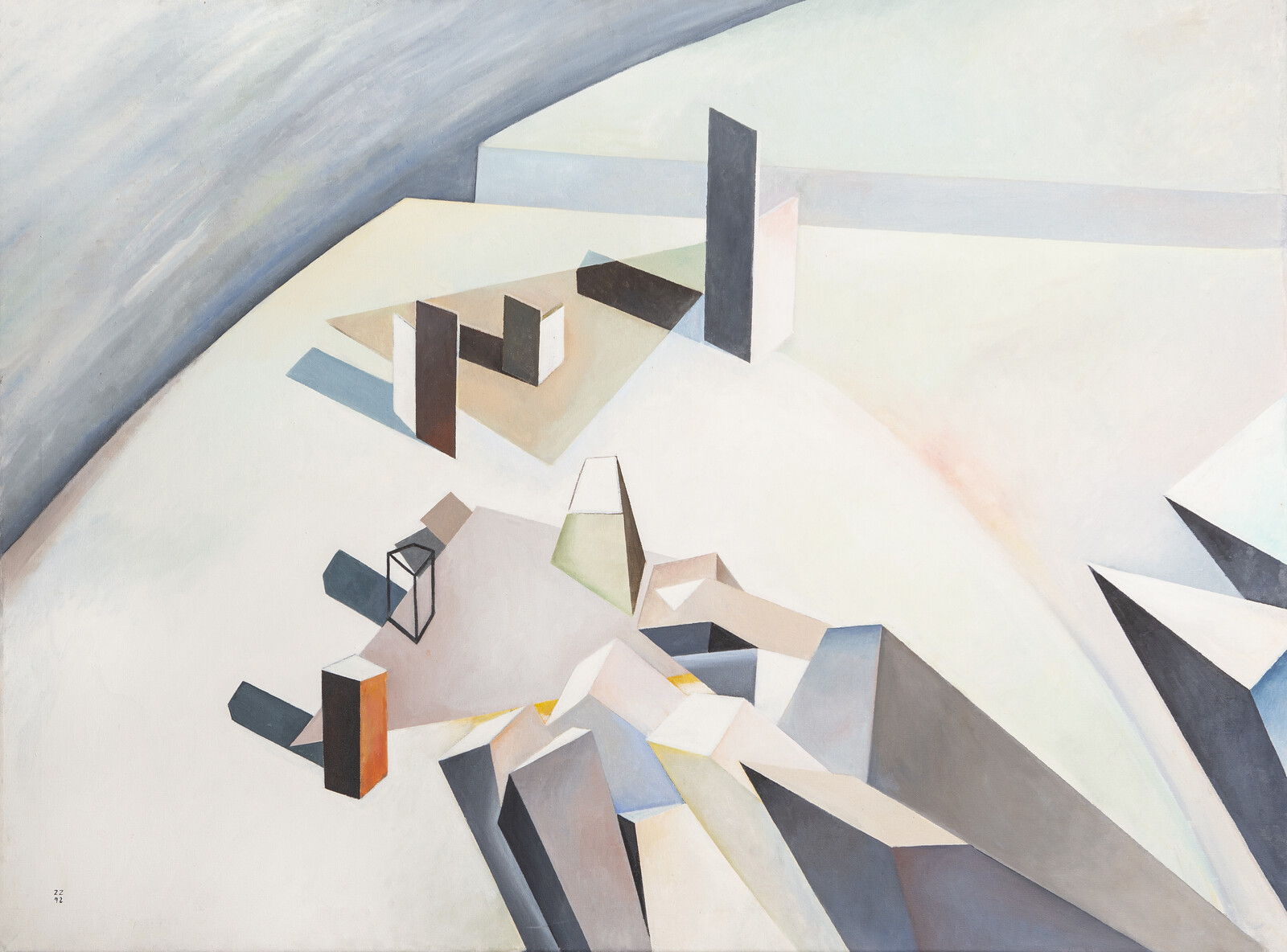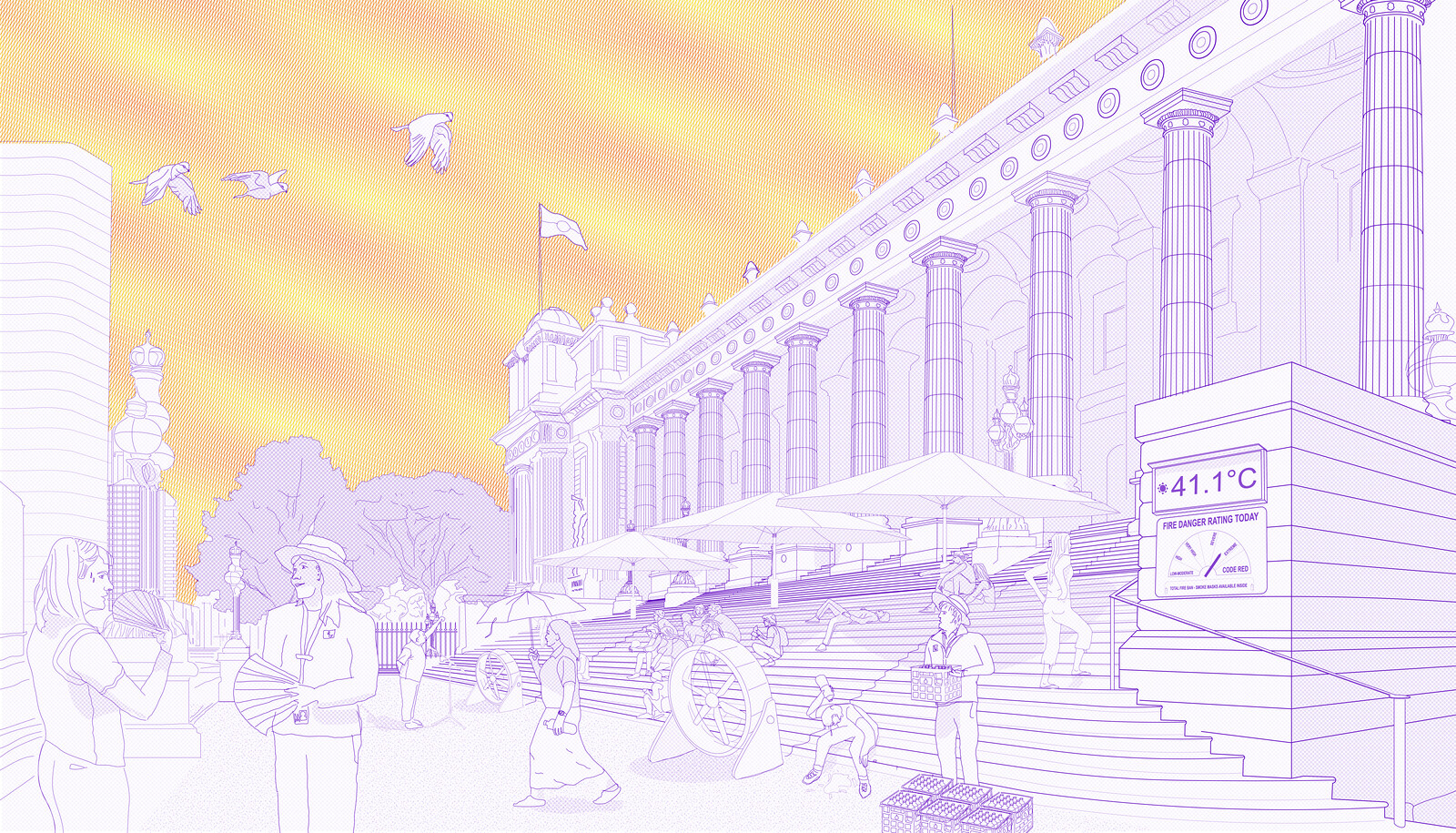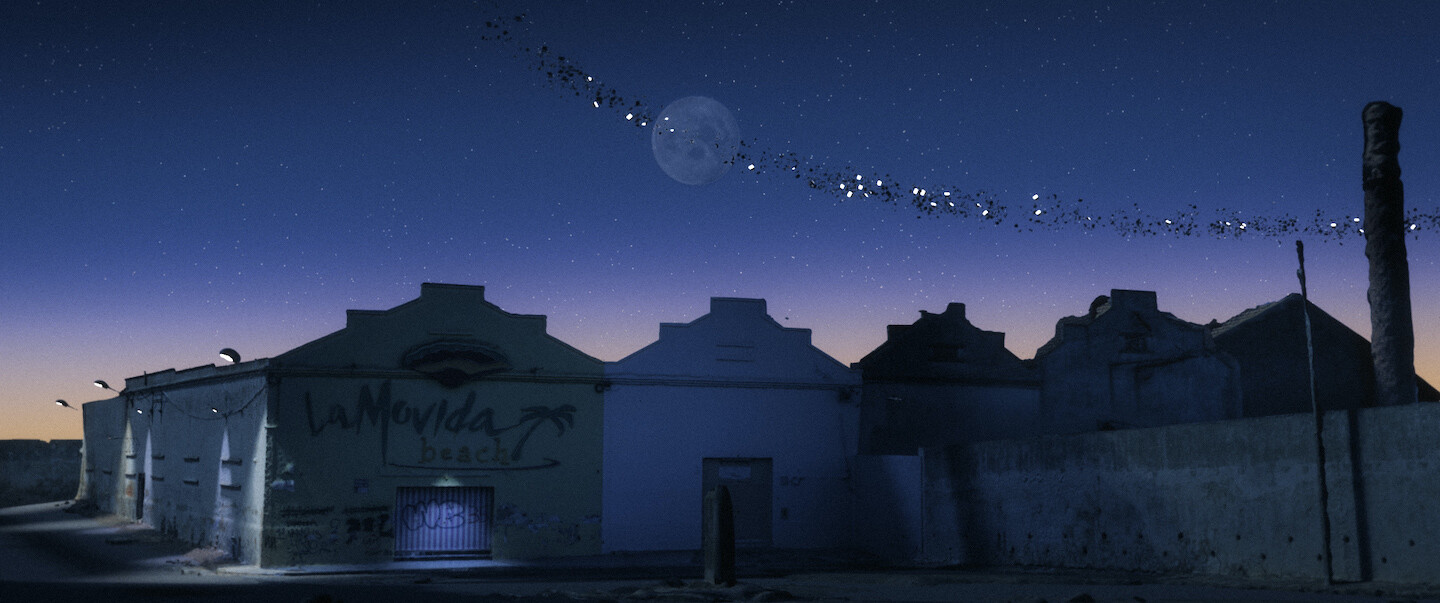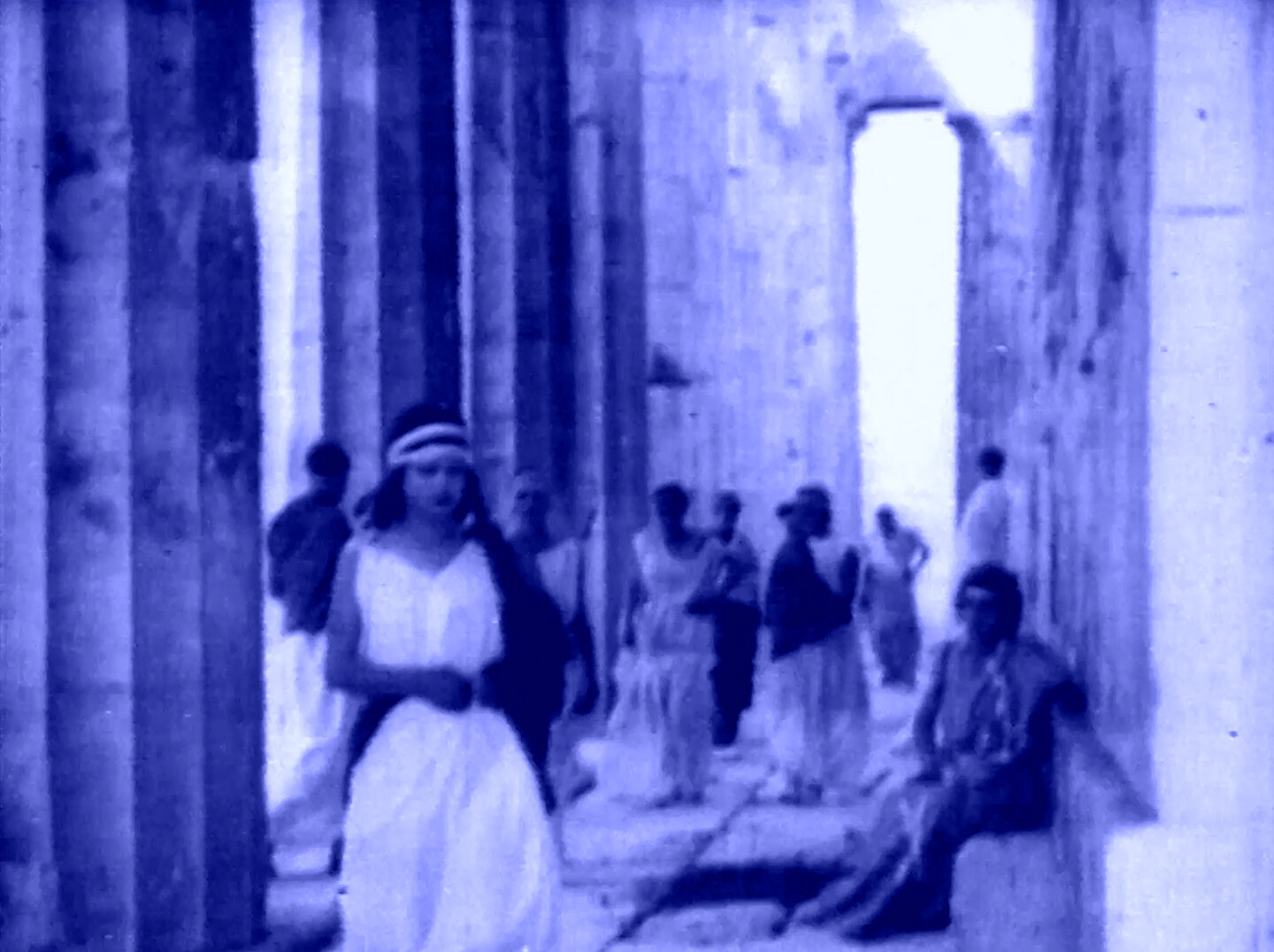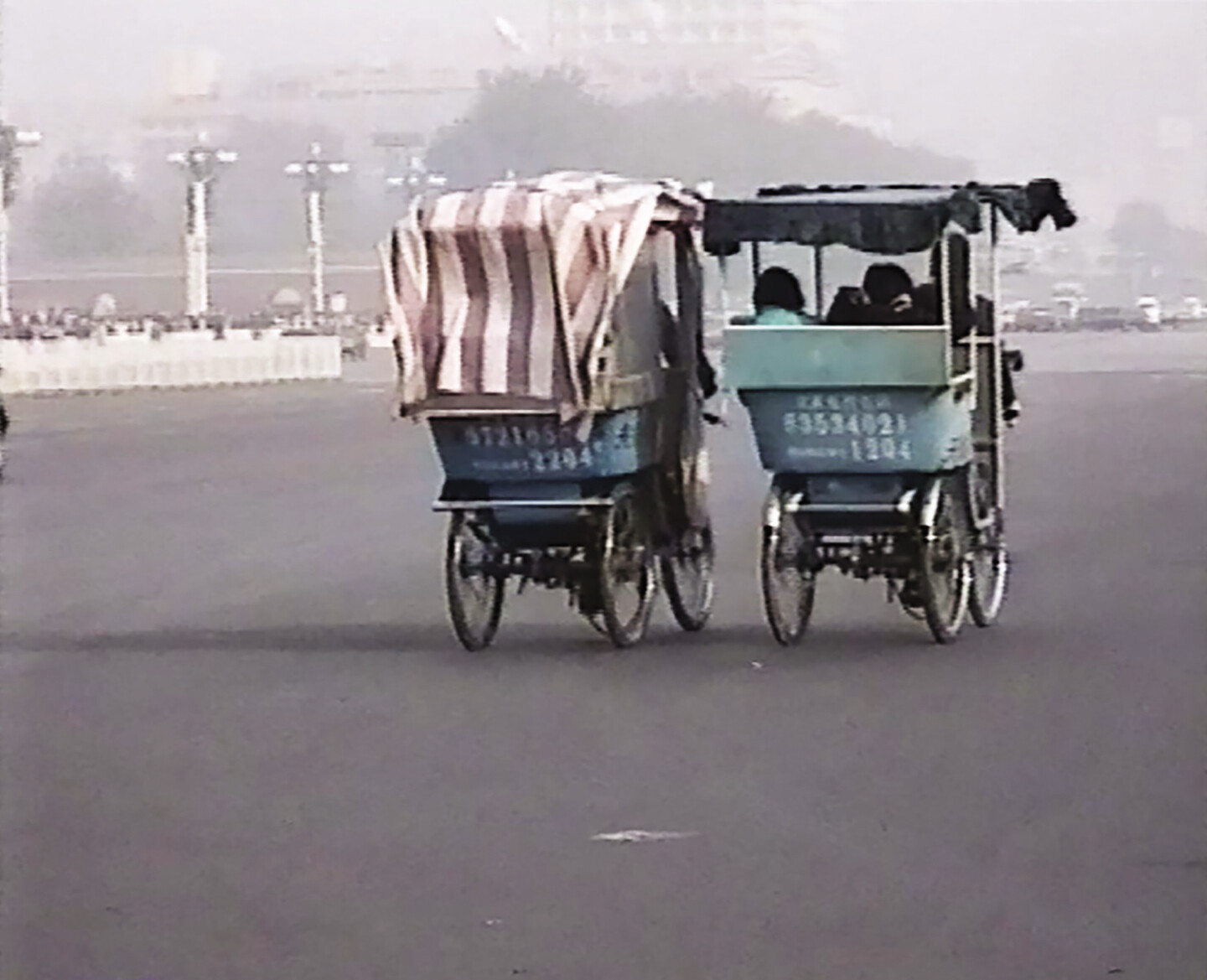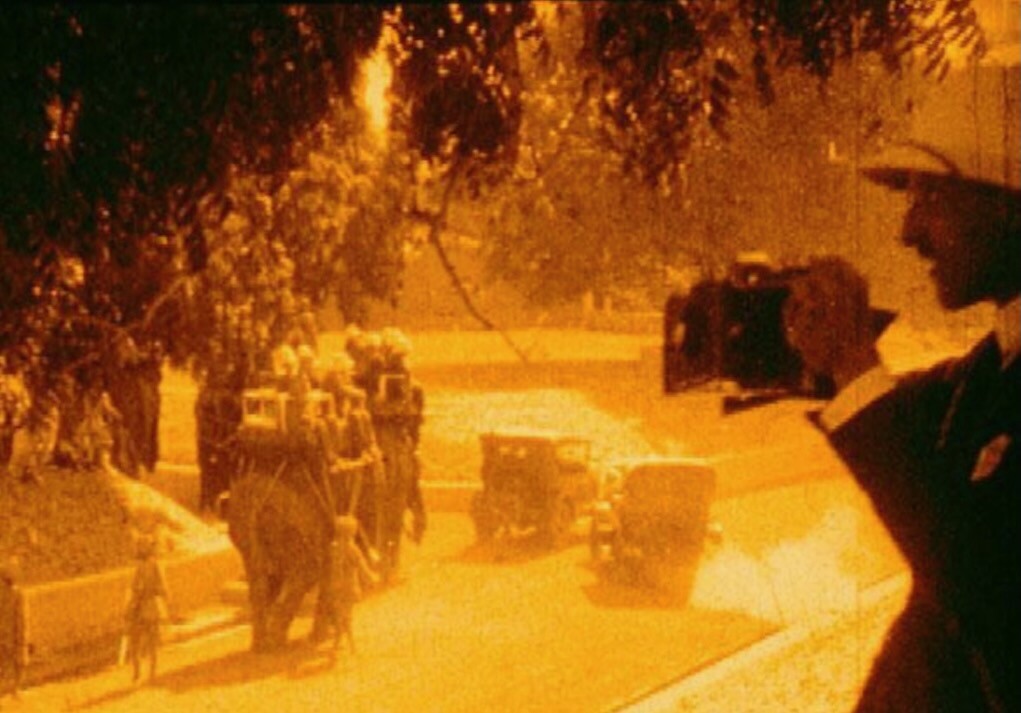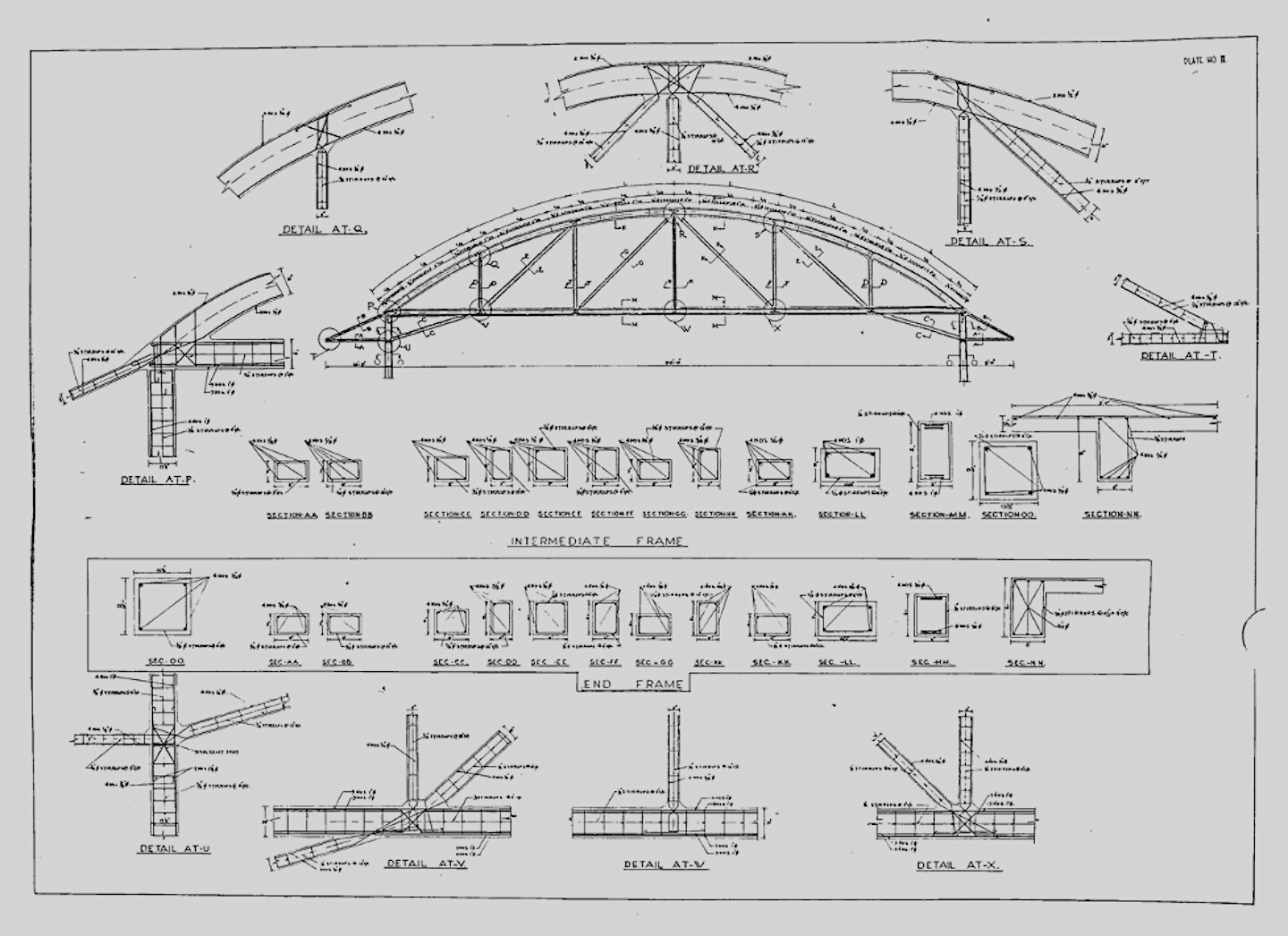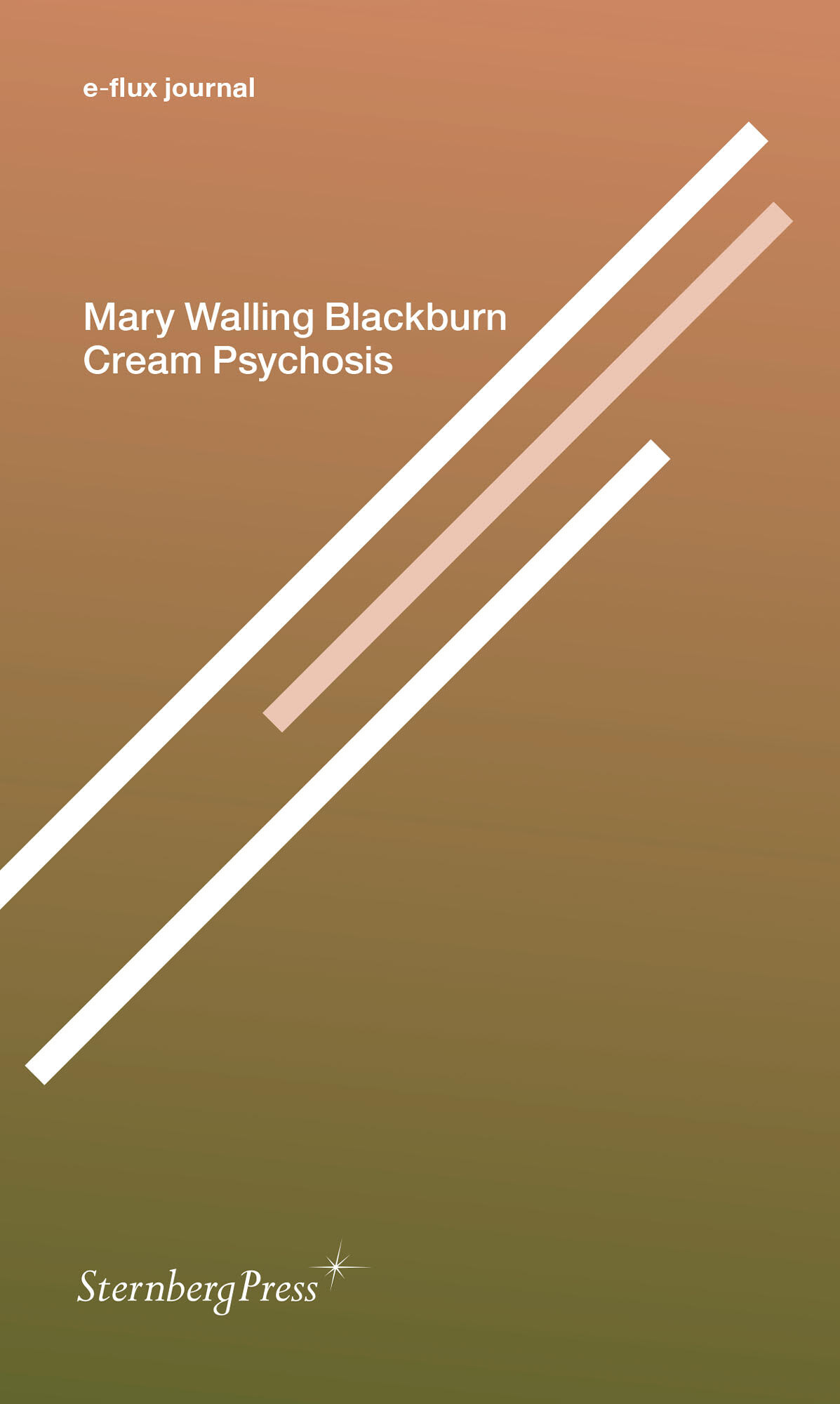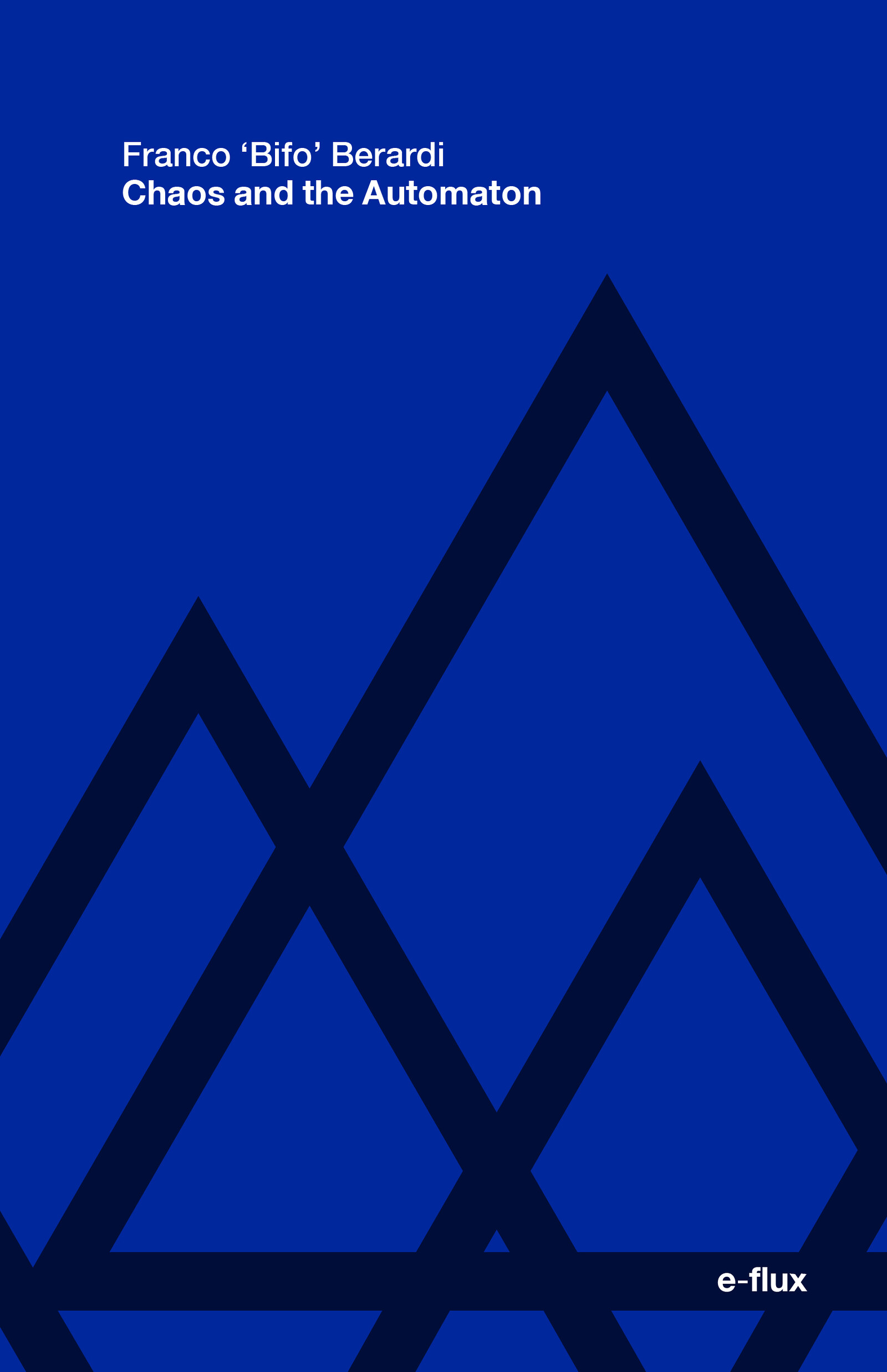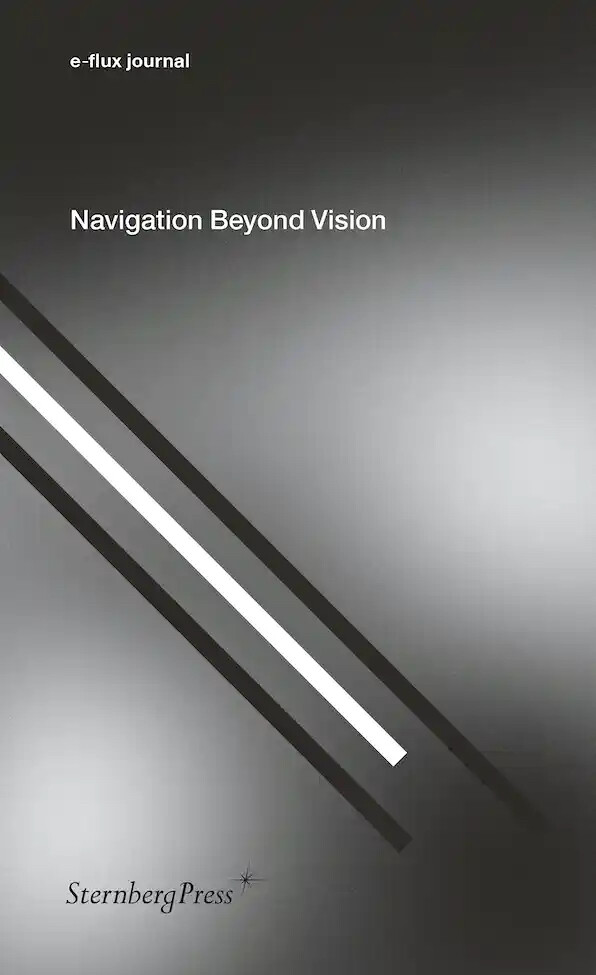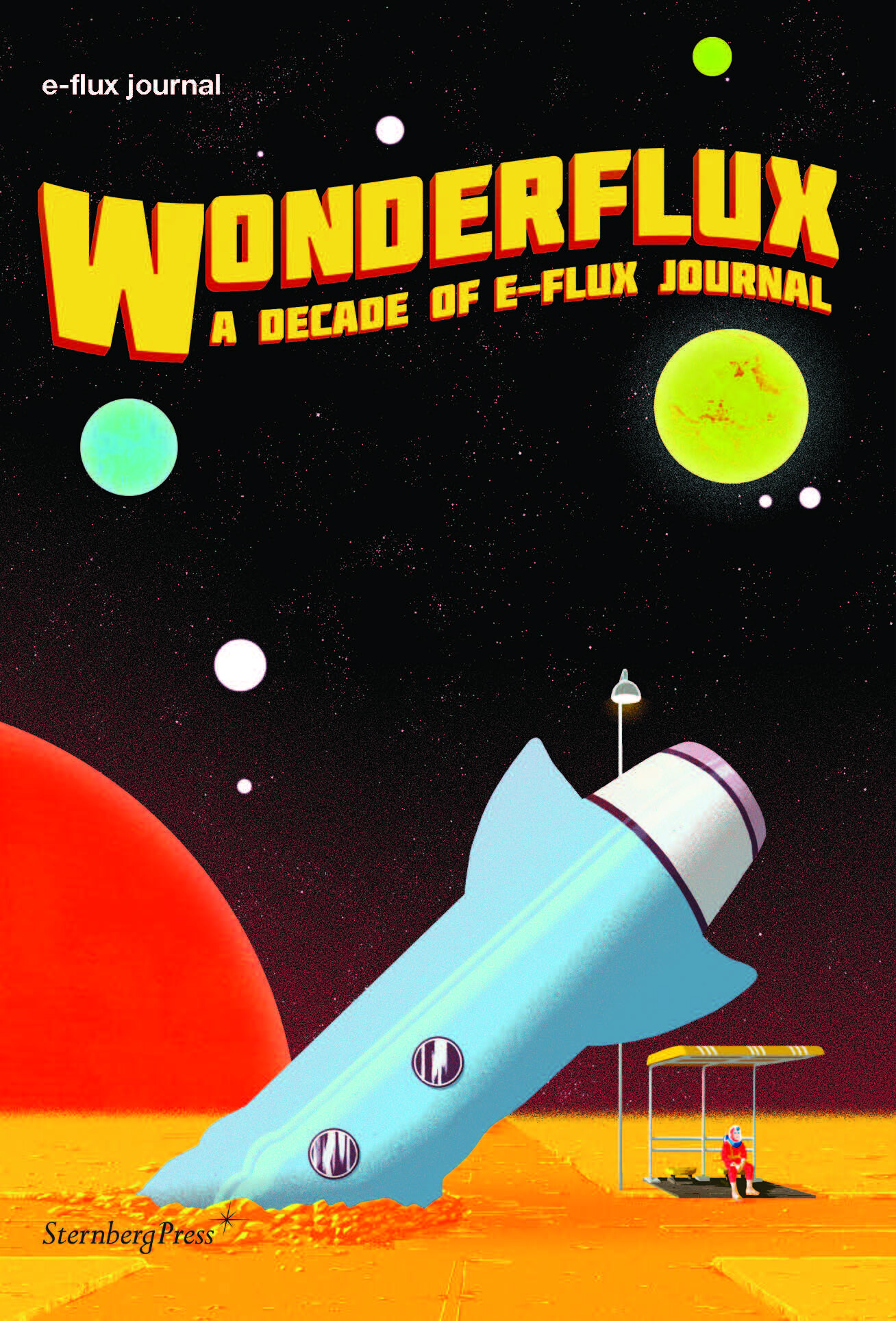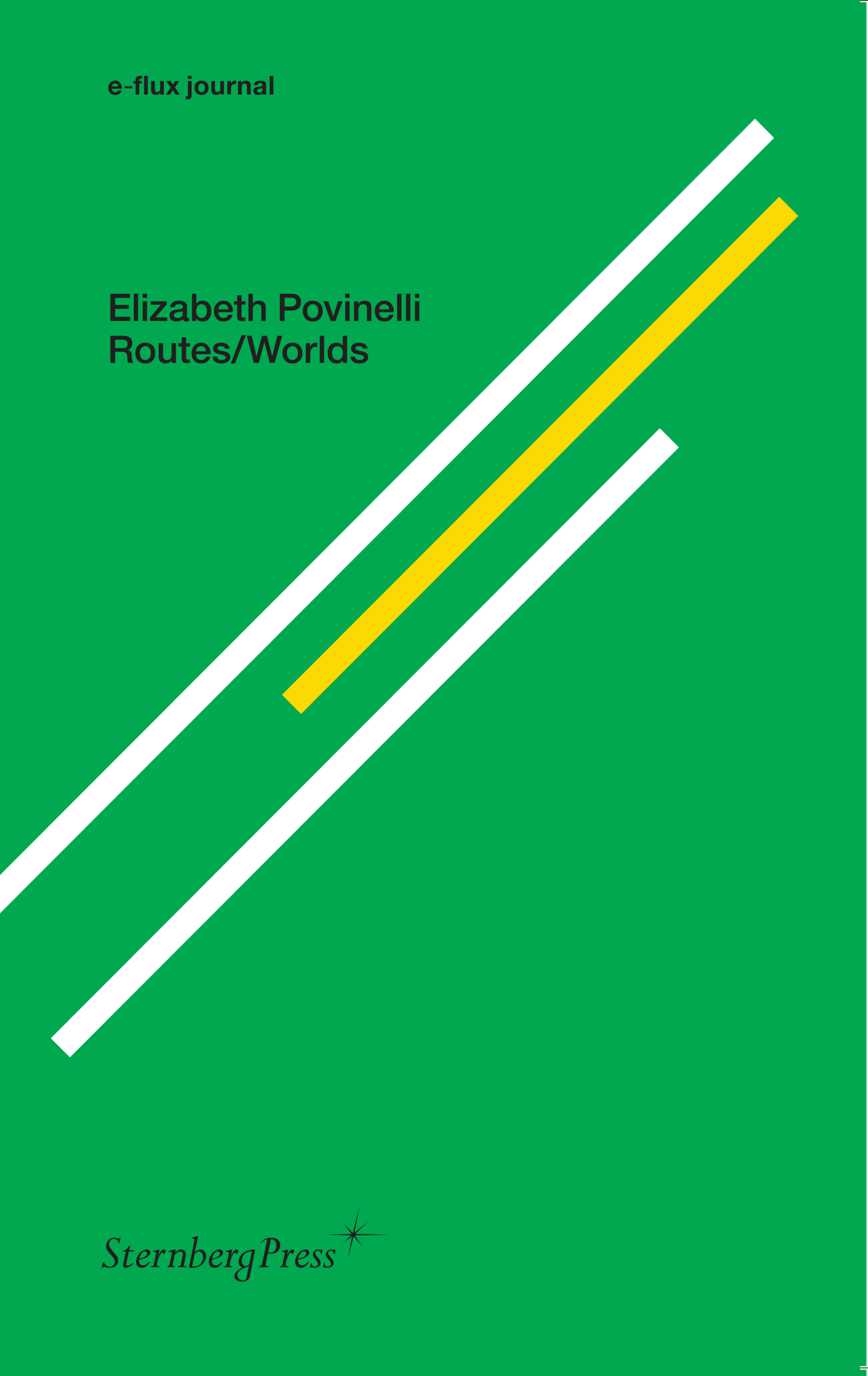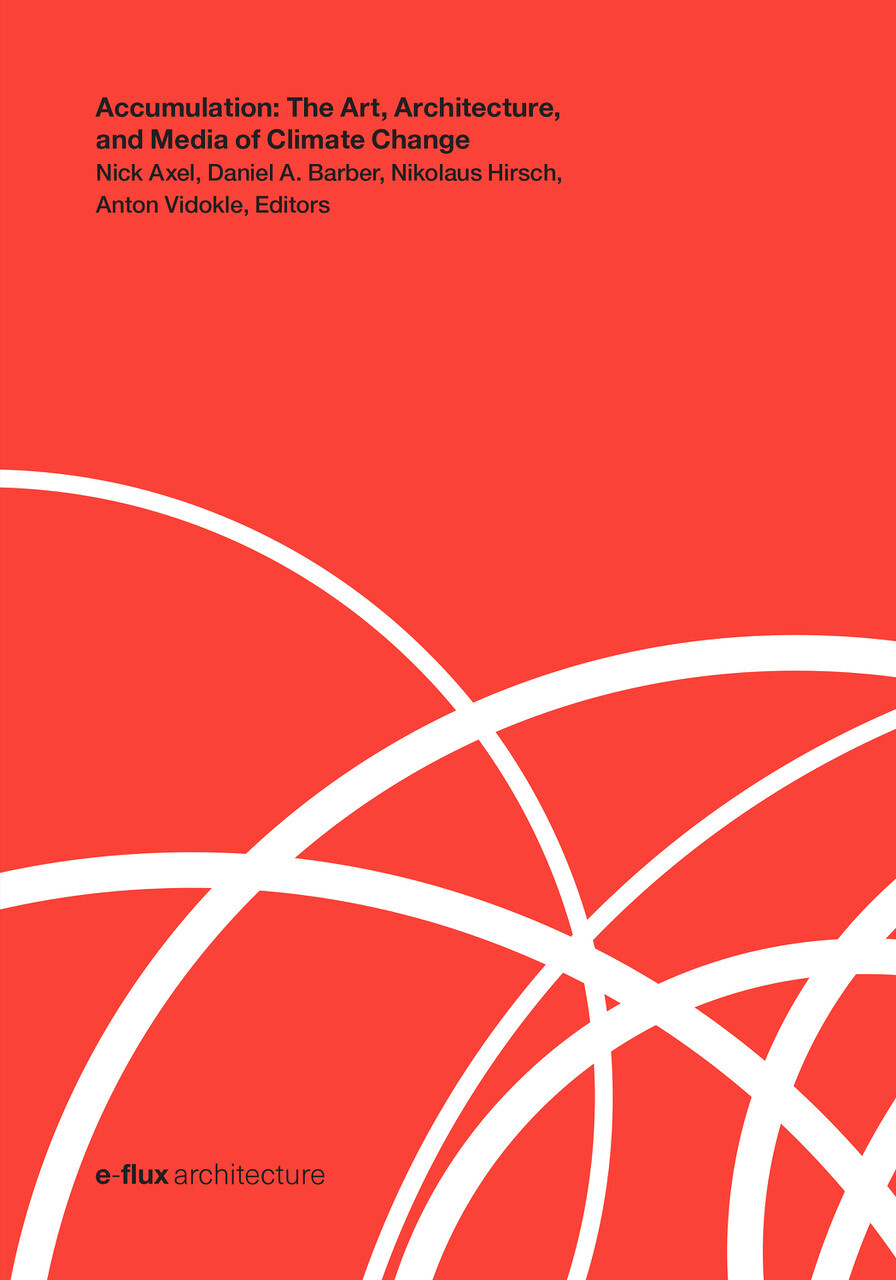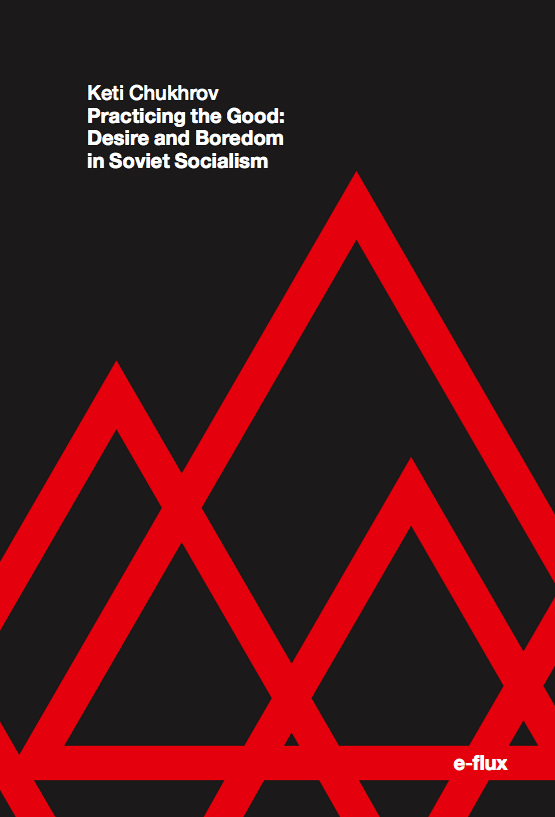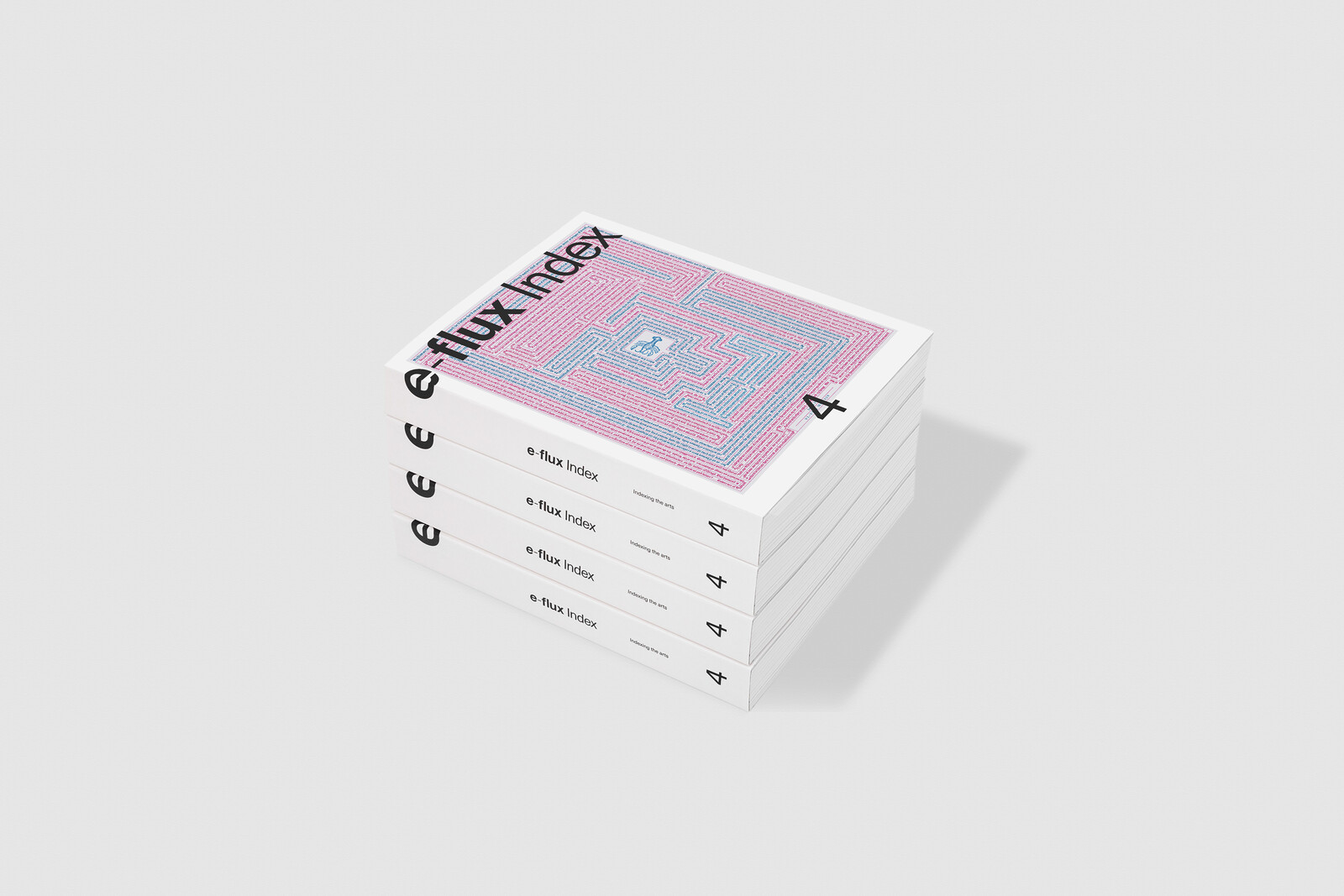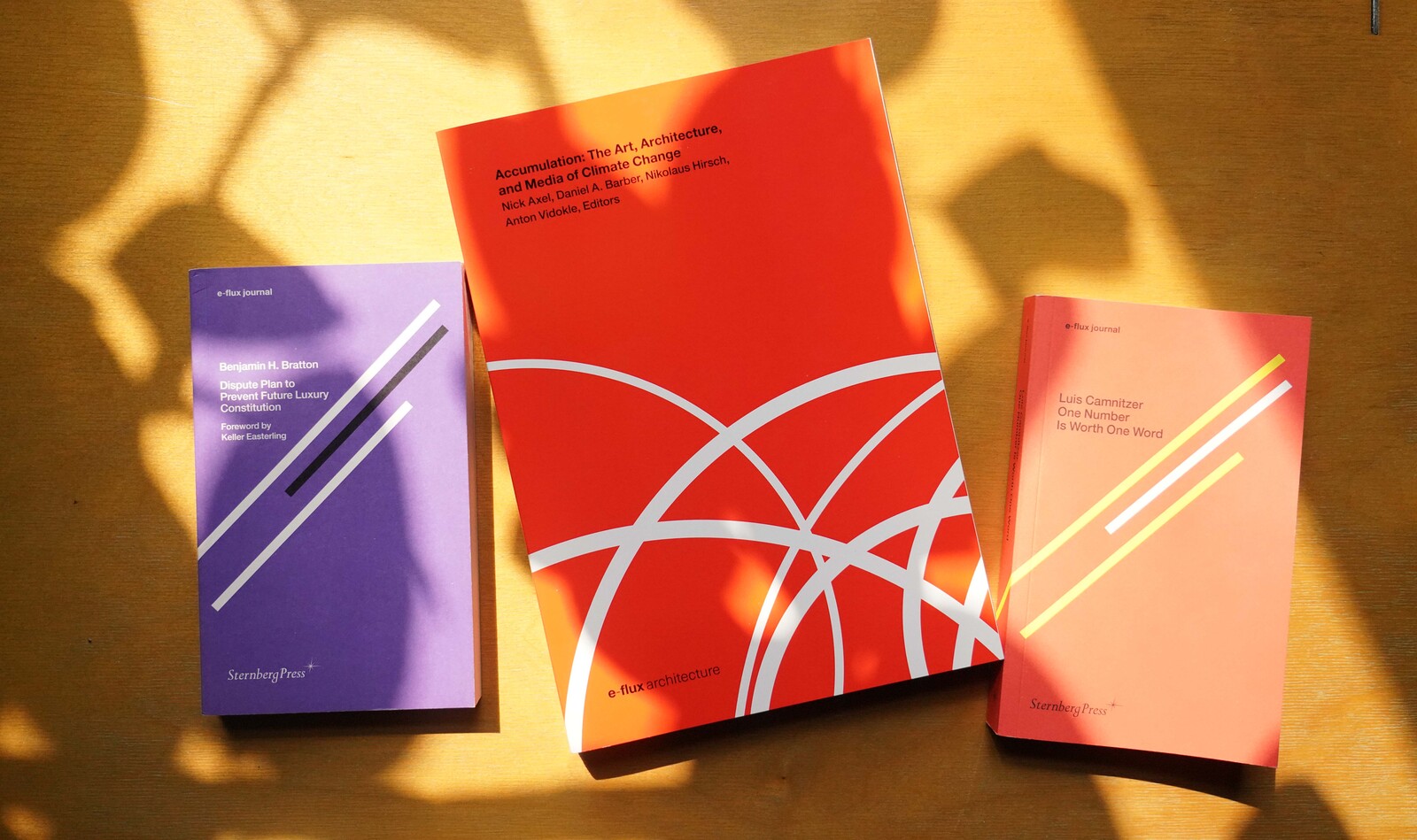Shapes of the Future
11th RecyclingDesignprize—Outstanding Ideas
This survey of Nástio Mosquito’s work from the early 2000s to the present begins, before it begins, before it begins. This cascade of overtures starts in the entrance hall of M HKA, which doubles as a reading room. In front of one of the bookshelves, a small cubicle monitor sits on a plinth: it shows Mosquito delivering a speech in the Senaat, one of the two chambers of the Federal Parliament of Belgium.

In summer 2024, at the invitation of a literary residency in Gdańsk, Libkind made a flag from her belongings and rags, which she had previously covered in fat and black soil, and wrote on it “One hundred years” (a traditional wish for a long life). This flag looks like it was pulled from the grave—it reeks of death. But residents of occupied cities buried Ukrainian flags in the same way in 2022, just as Crimean Tatars, later deported from their native peninsula, used to bury their own documents and artifacts.
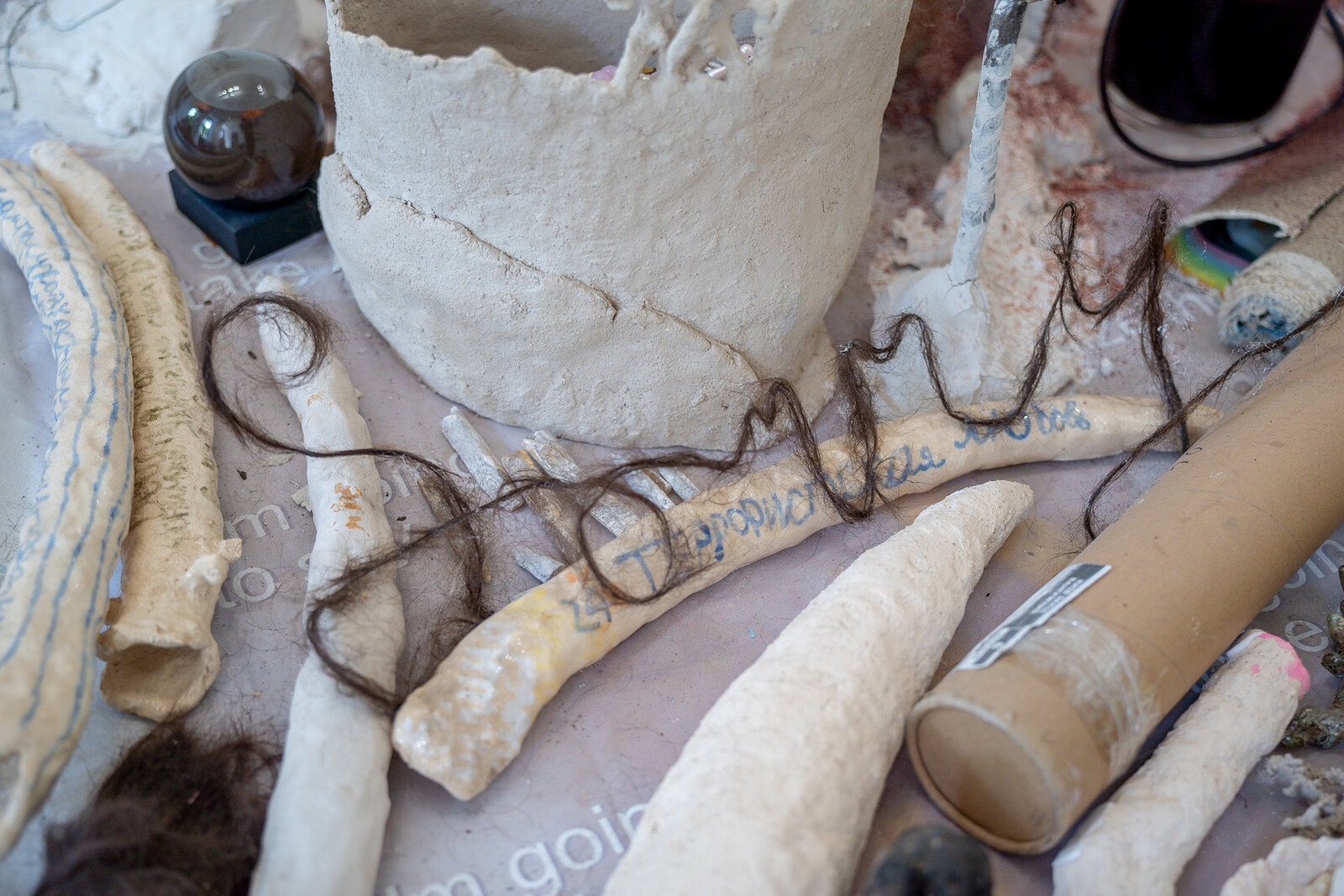
The punning title “Fan Fiction” could refer to the fictional narratives we construct in order to cope with our daily lives or the way we mimic others in order to survive. Remove from the show its theory-laden and overdetermining press release, and it boils down to a simple idea: the human need for control. Erlanger suggests that this desire to exert perfect control over our environments is a fantasy, revealed as absurd when we attempt to put it into practice.
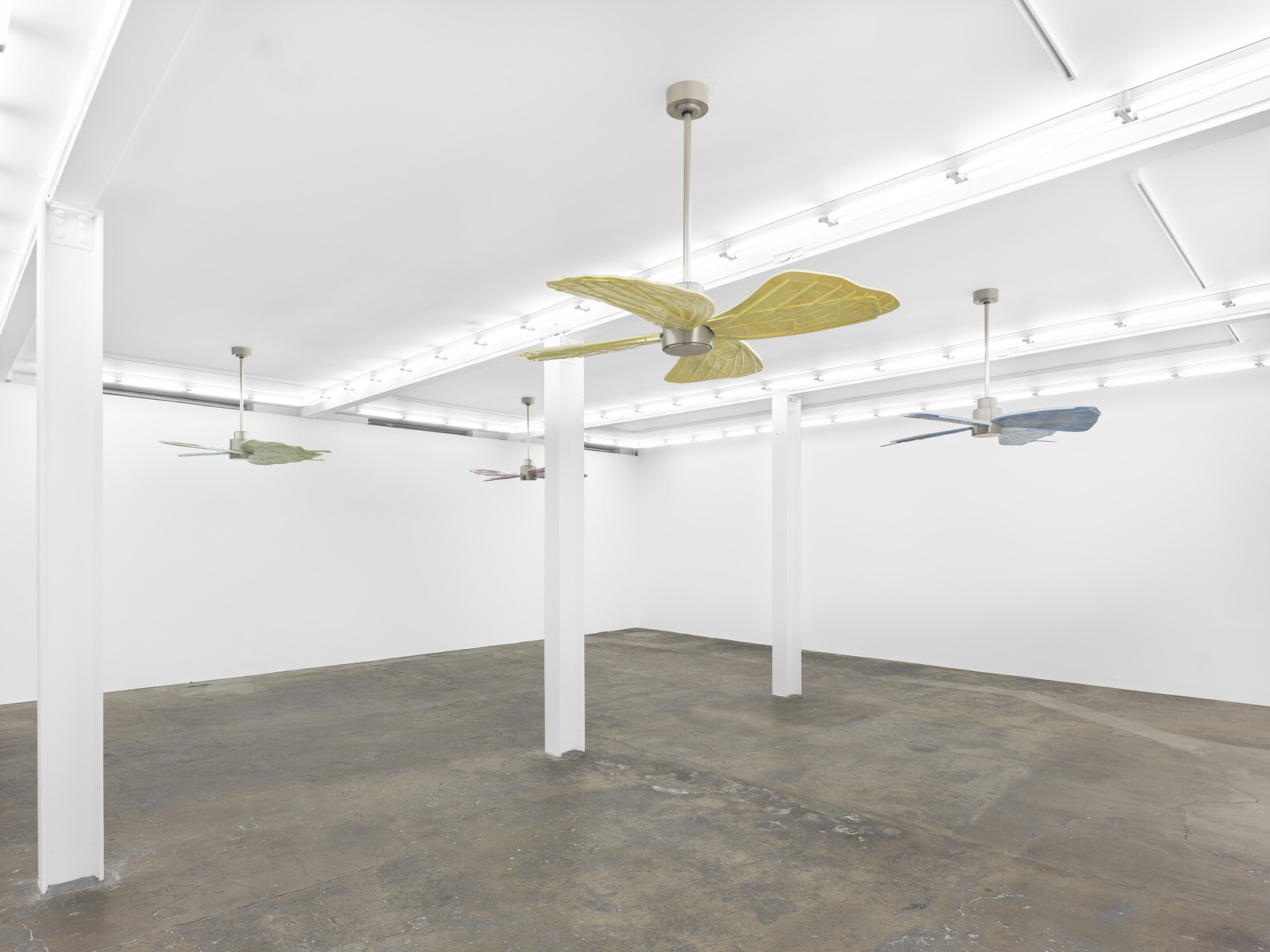
In the San Paolo quarter of Rome, artists Emily Jacir and Michael Rakowitz staged a “performative” dinner to commemorate the life of Palestinian poet and translator Wael Zuaiter, executed by Mossad agents at his home in the city fifty-two years earlier. […] The poignant title, evoking the far-reaching repercussions of every action, is taken from a poem by Francis Thompson that Zuaiter quoted in an article published in L’Espresso shortly before his assassination.
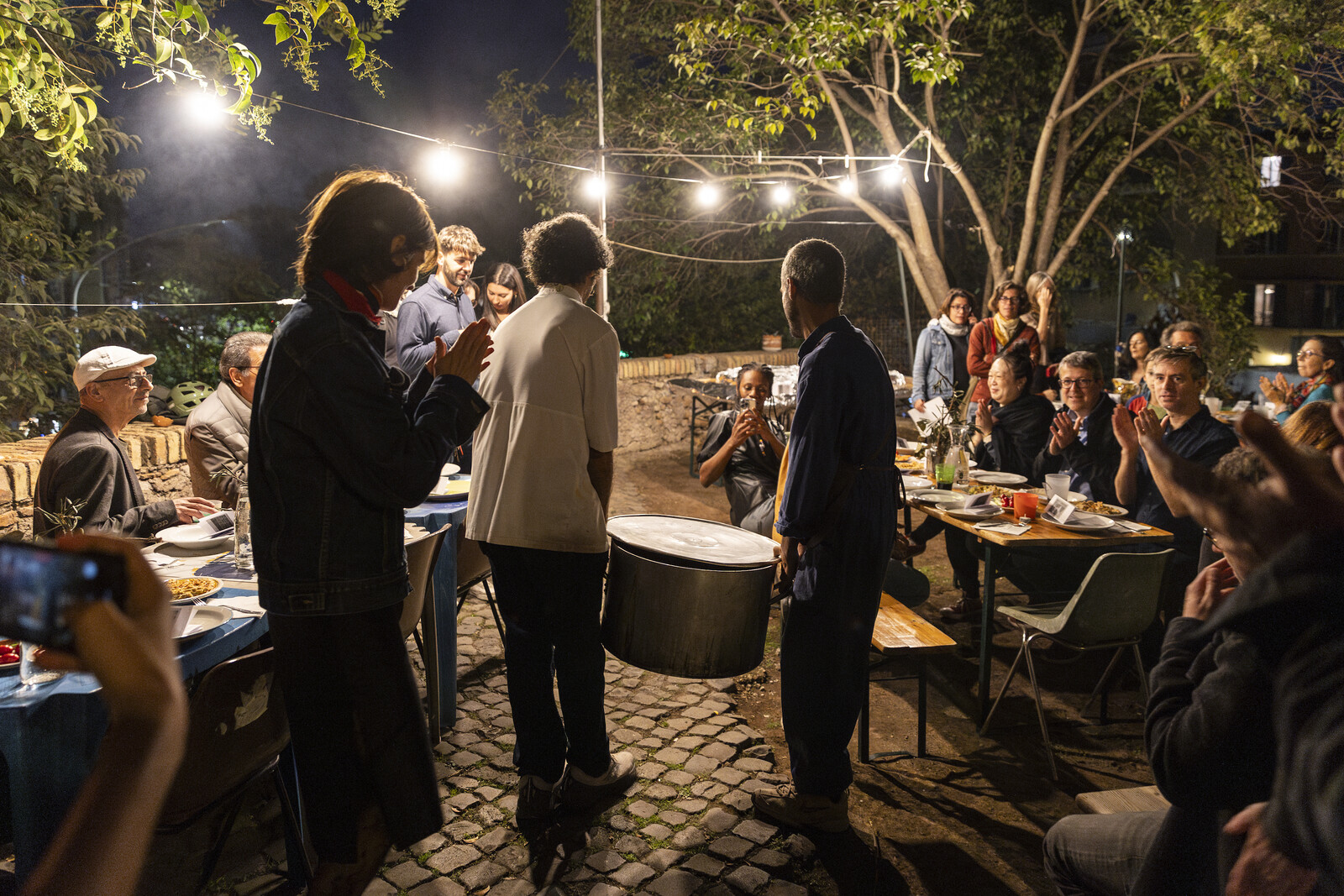
This overview of the past five years of Bassem Saad’s “world-historical” practice engages with different forms of mourning the victims of “the American Century.” The term, coined by Henry Luce in 1941 and which the Marxist scholar David Harvey has argued “disguised the territoriality of empire in the conceptual fog of a ‘century’,” finds its antidote here: Saad’s latest exhibition is grounded in events, people, and sites, merging documentary history with acid aesthetics and revolutionary zeal.
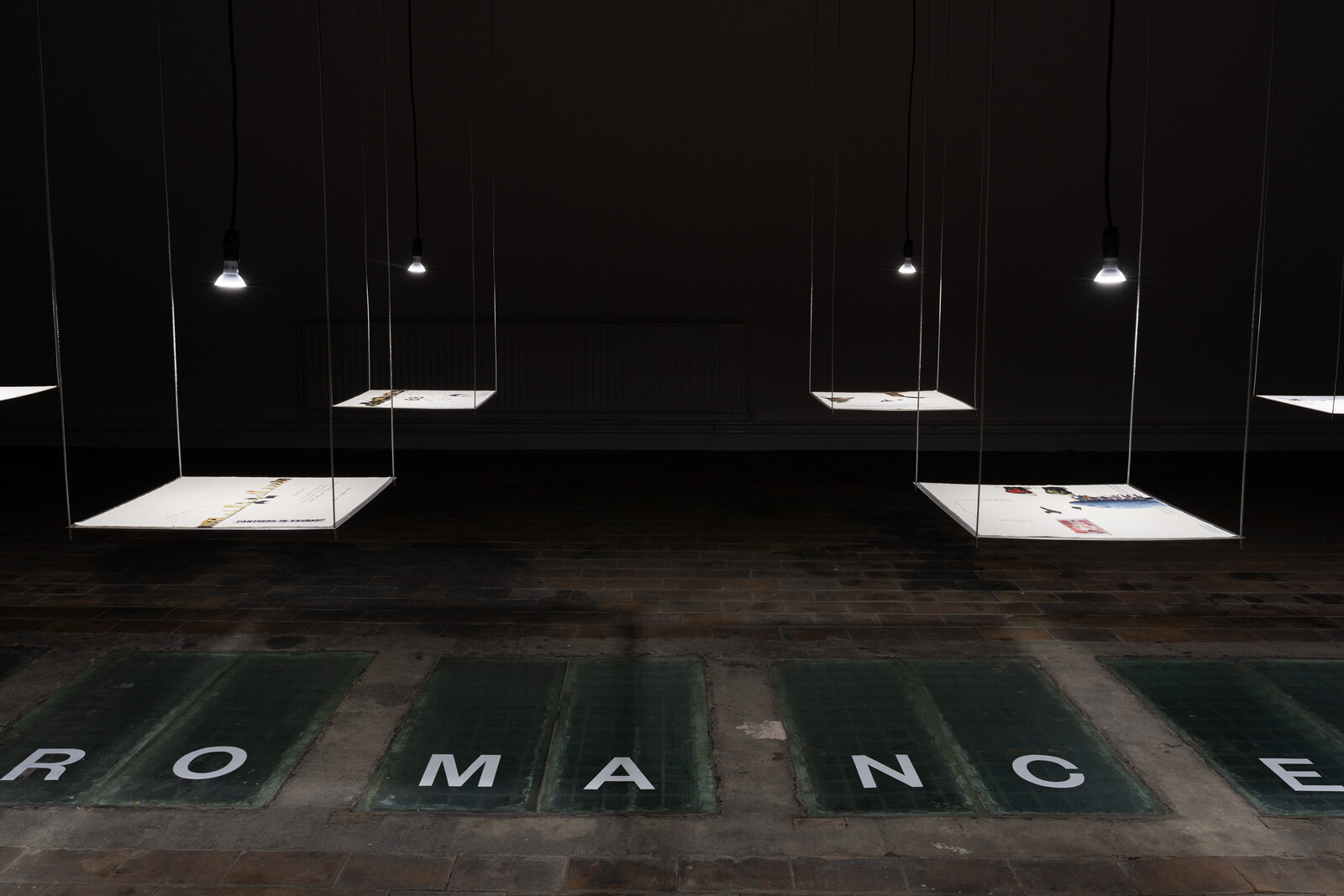
It is relevant to Ligon’s nuanced but pervasive intervention that the museum was founded in 1816 when Viscount Richard Fitzwilliam left his collection of art and cultural artifacts to the University of Cambridge with a bequest to construct a museum of art and antiquities. This leaves it with twinned affiliation: both to an esteemed educational institution and to a landowner whose fortune derived in part from his grandfather’s investment in the transatlantic slave trade.
